3 days in rustic Niigata
Less than two hours north of Tokyo by bullet train is Niigata Prefecture, which offers harried city dwellers a change of scenery with its rice fields, mountains and long shoreline. The prefecture is easily accessed by bullet train and is a convenient destination or side trip from Tokyo, especially for those holding a rail pass. Visitors to Niigata will be surprised with its little-known but excellent sightseeing attractions as well as the delicious food and drink. In fact, Niigata contains one of the highest number of sake breweries in Japan, and the rice produced in Niigata is considered to be the best by many Japanese.
I went on a 3-day trip to Niigata Prefecture in mid-October experiencing the countryside and uncovering traditional culture.

Day 1 in Minami Uonuma
From Tokyo, a short 80 minute bullet train ride on the Joetsu Shinkansen transported me to Echigo-Yuzawa Station, gateway to Niigata Prefecture. From there, I transferred to the local line to Muikamachi Station. I headed straight to my accommodation where I first participated in a cooking activity and had lunch, then, rented an electric bicycle to cycle to the Hakkaisan sake brewery about ten kilometers away, and finally returned to the accommodation for dinner and rest.
ryugon, a traditional Japanese inn, was my accommodation for my first night in Niigata Prefecture. The traditional inn consists of a number of buildings that used to be owned by wealthy farmers in the area about 200 years ago, and traditional design styles peculiar to the region remain to be seen. Not only can guests look forward to staying in heritage buildings, they can also enjoy a self-guided history and culture tour of ryugon and the region using a multi-lingual app.
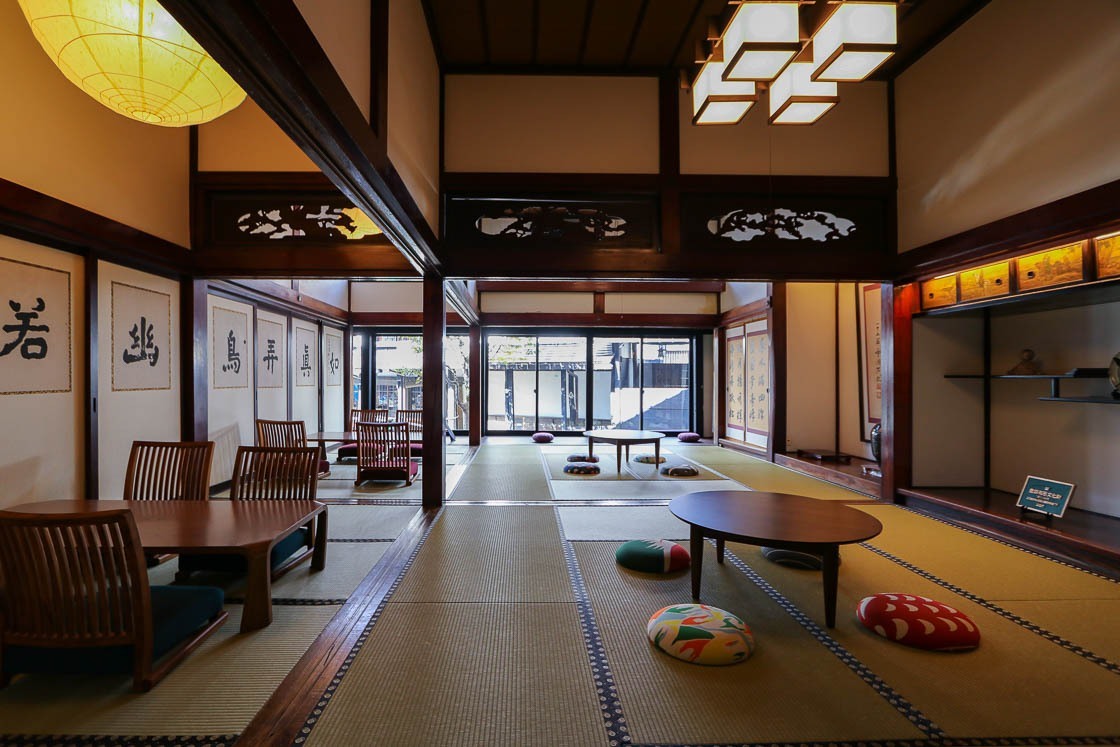
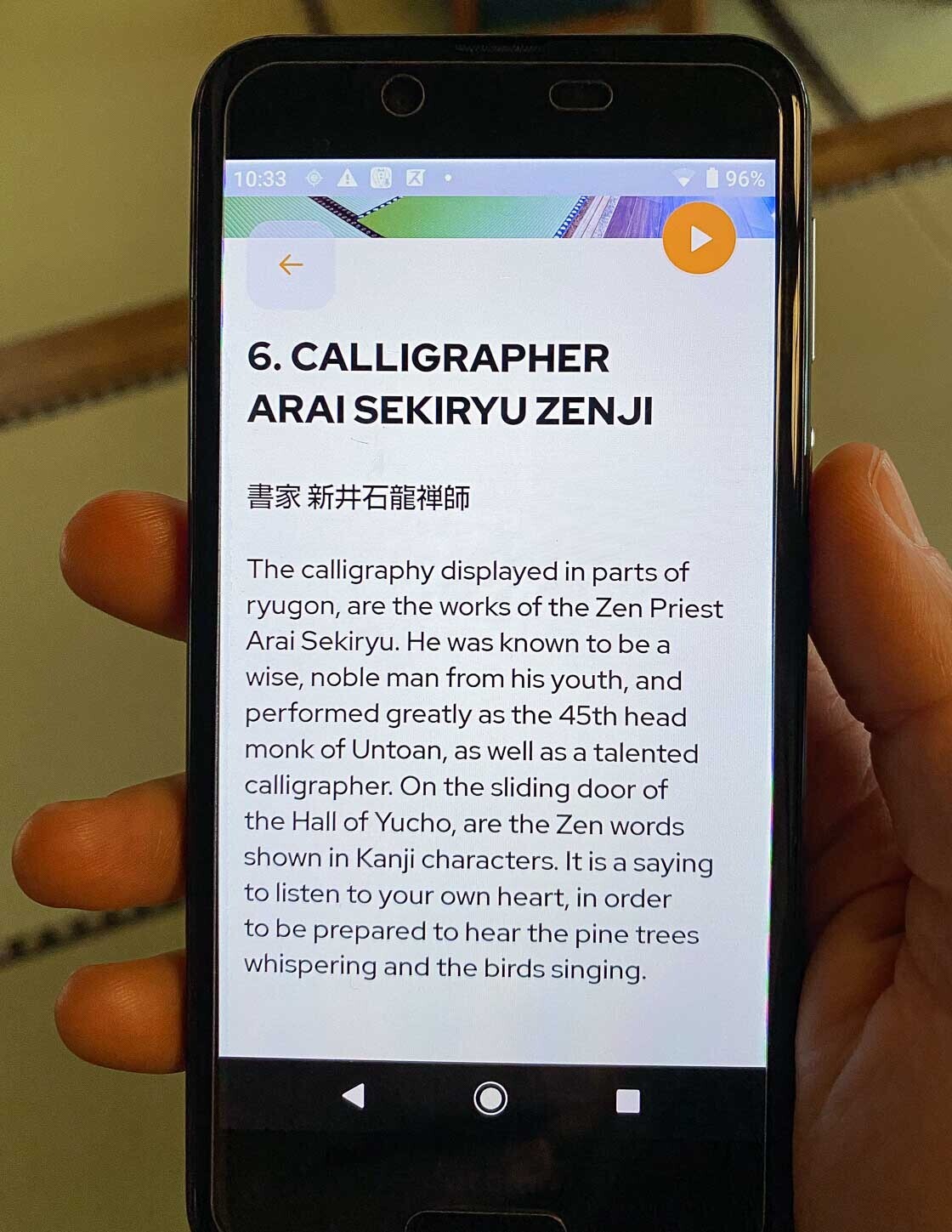
The cooking activity at ryugon took place in an earthen floor kitchen which had a kamado or traditional wood-fire stove. I met my cooking instructor, the lovely Seki-san, who is a local grandma with years of experience cooking homestyle regional dishes. The cooking activity was simple and mainly involved starting a fire and slicing vegetables, and could be completed successfully with mostly gestures and minimal Japanese language skills.
Seki-san was very kind and patient with me, and walked me through the steps to complete our cooking activity of cooking rice and making a soup. It was my first time cooking with a kamado, and while I accidentally let the fire go out once, I was very glad that I did not burn anything down. After everything was cooked and ready, which took about 45 minutes, we proceeded to have lunch. Seki-san brought out some side dishes which she had prepared earlier, and she explained about the dishes that contained wild vegetables that were picked in spring and preserved to last all year round. I would have been happy with eating just the rice and soup we cooked, but the additional side dishes were a pleasant surprise and a nice touch.
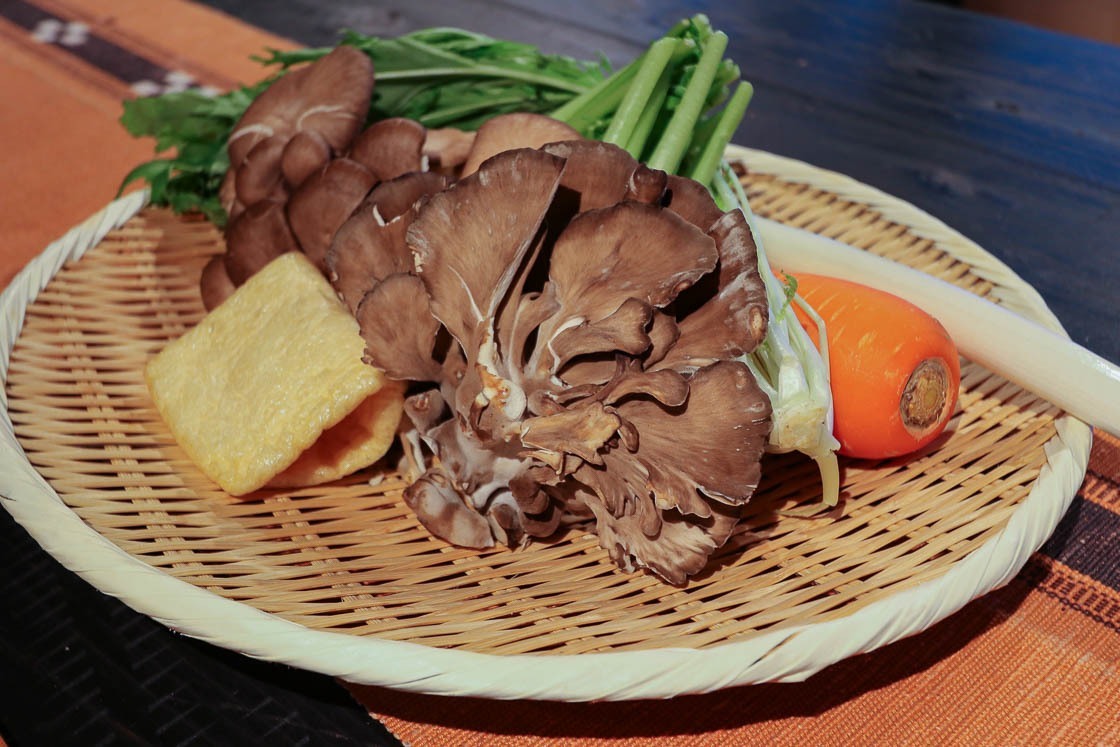

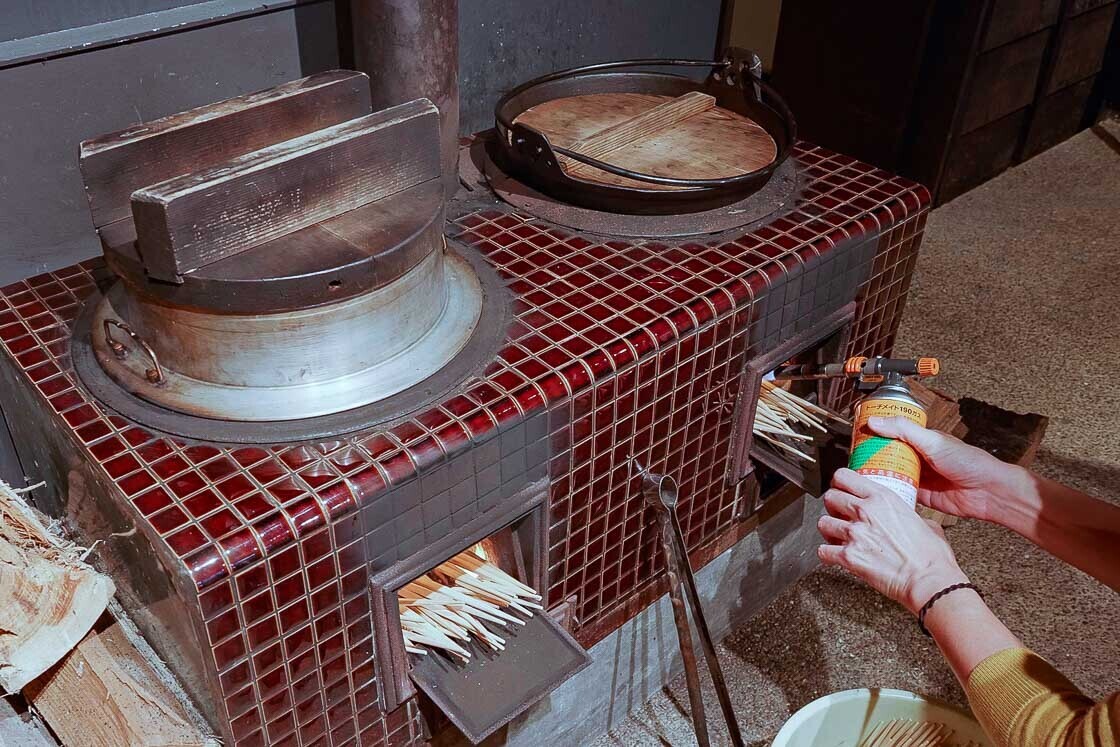
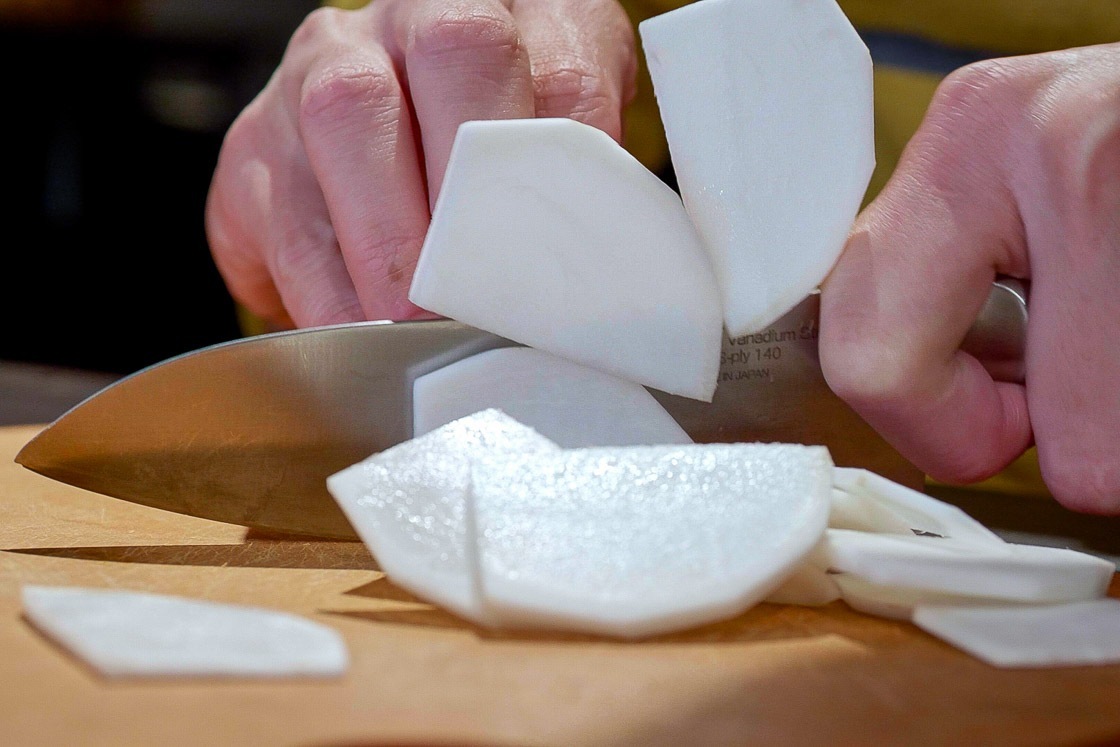
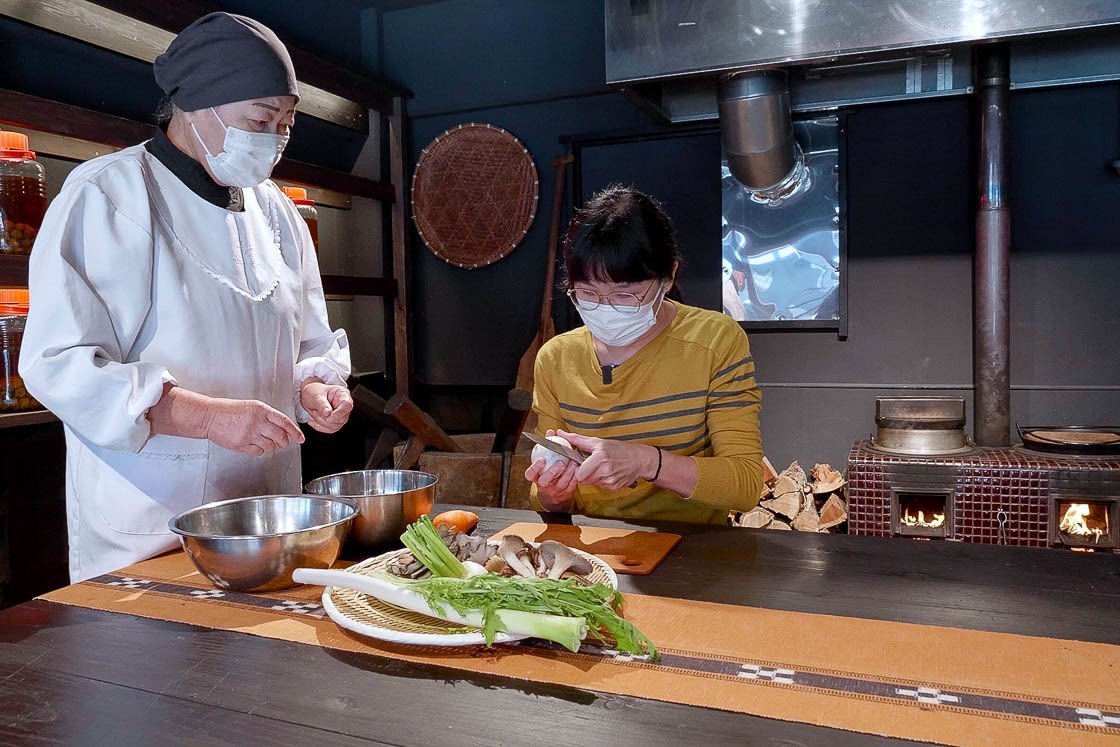

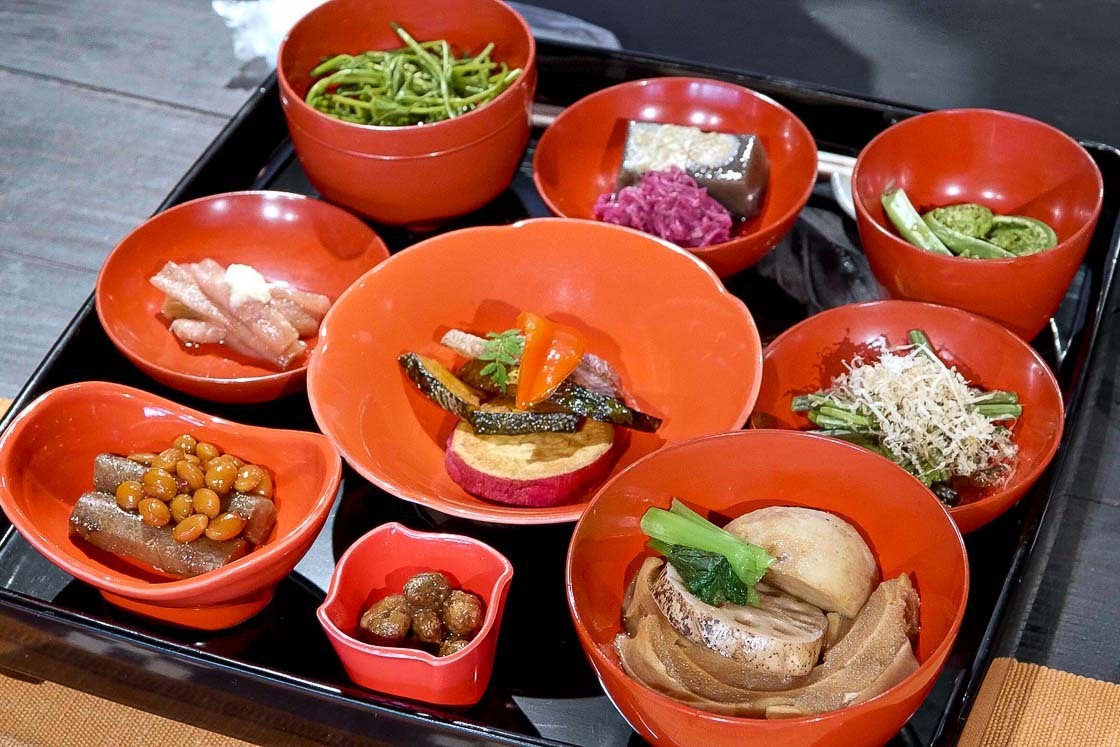
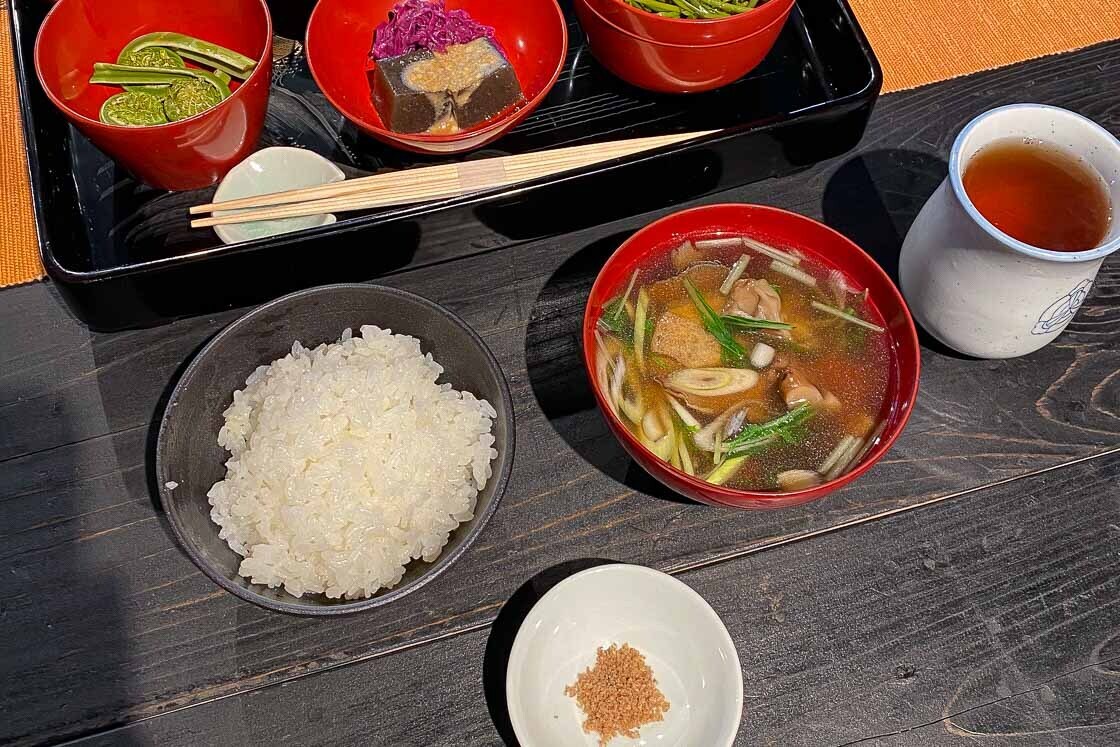
After that hearty lunch, I bid Seki-san farewell and picked up a rental electric bicycle, which can be rented for a full day or half a day. I opted for a half day rental and set off towards Uonuma no Sato, brewery grounds of Hakkaisan sake, about ten kilometers away. I decided to take a slightly longer, but scenic route, which cuts through the rice fields.
Uonuma no Sato and ryugon are located in the Minami Uonuma region. The region is most famous for its rice, the Uonuma Koshihikari brand, which is considered to be Japan's best by many, and rice fields make up the majority of the scenery in the region. Rice planting in Minami Uonuma typically starts in May and harvesting begins at the end of September and lasts through early October. Those who visit the region during the rice harvesting season can look forward to eating freshly harvested local rice at their accommodations or at restaurants. I absolutely recommend visiting Minami Uonuma during the rice harvesting season to try some freshly harvested rice or shinmai, to taste how delicious the rice is.

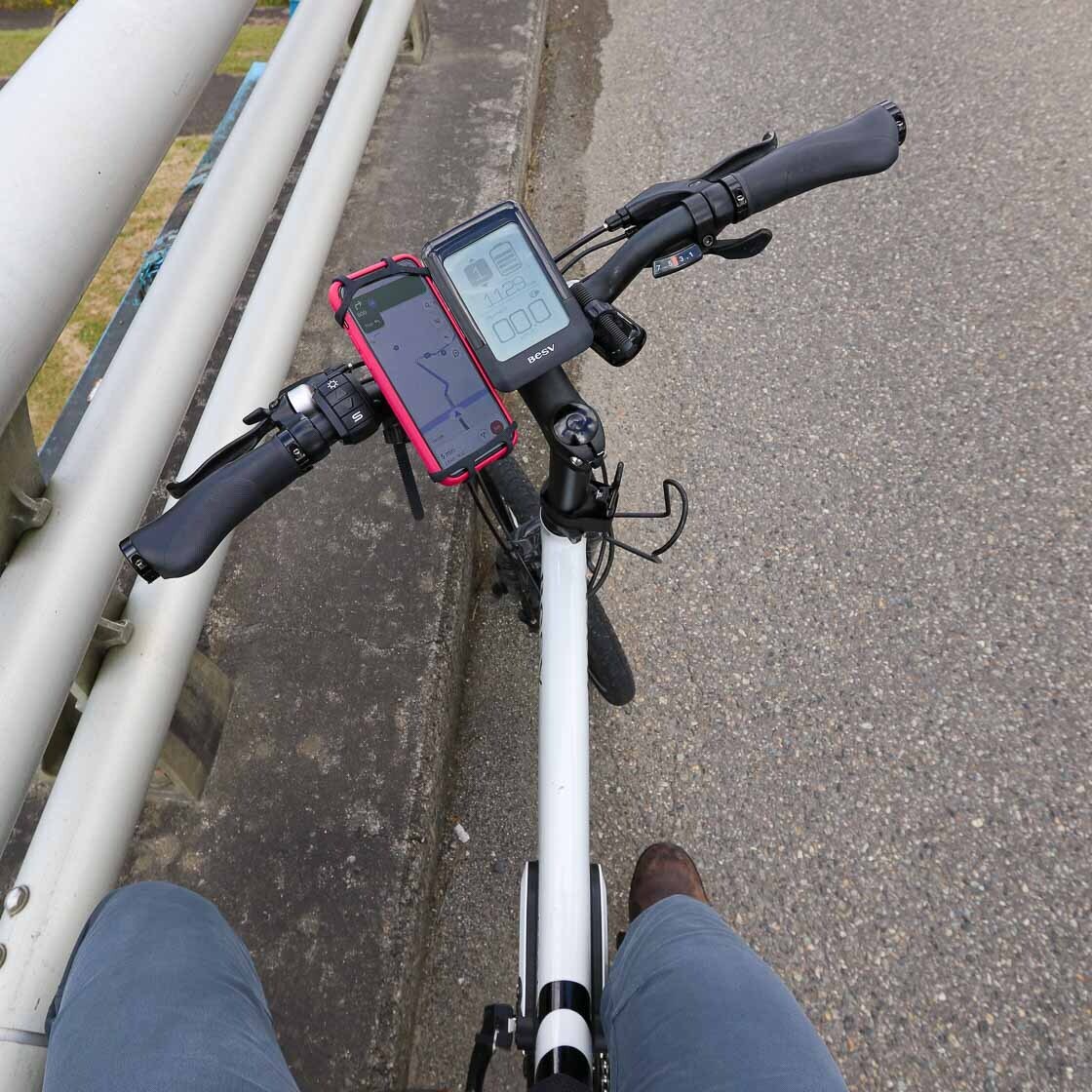
My scenic cycling route took me through the rice fields, however, I was a little too late and all the rice had been harvested. I could only imagine how it must be during the rice growing months when the smell of rice permeates the air and the rice fields are full. Despite the lack of rice plants, it was still an enjoyable bicycle ride through the countryside and the seemingly endless rice fields dwarfed by the surrounding mountains.
Approximately half way through my cycling route was Raidensama no Mizu, a water source which originates from one of the mountains in the surrounding Hakkaisan mountain range. The soft water is said to be used for making sake and is a popular spot for locals to get tasty, fresh water. I took the opportunity to try some fresh spring water, and it was a delicious thirst quencher after that bicycle ride.


From the water source, it was an approximately 20 minute ride to Uonuma no Sato, the Hakkaisan sake brewery grounds. Established in 1922, Hakkaisan is an internationally and domestically renowned sake brewery. The company is named after Hakkaisan, one of the three big mountains in the surrounding Hakkaisan mountain range, and a sacred mountain since ancient times. Over at Uonuma no Sato, visitors can experience the beauty of the brewery set in nature.
The grounds of Uonuma no Sato are fairly large and consist of aesthetically pleasing buildings that contain the sake brewery itself, cafes and restaurants, a snow warehouse and even a beer brewery. It takes almost ten minutes to walk from one end to the other, but I had a little help with my rental bicycle moving between buildings. The structures housing the beer brewery and the snow warehouse have won multiple awards for their excellence in design. I thought it was a nice place to hang out with friends and family, and spend a leisurely few hours exploring the place.
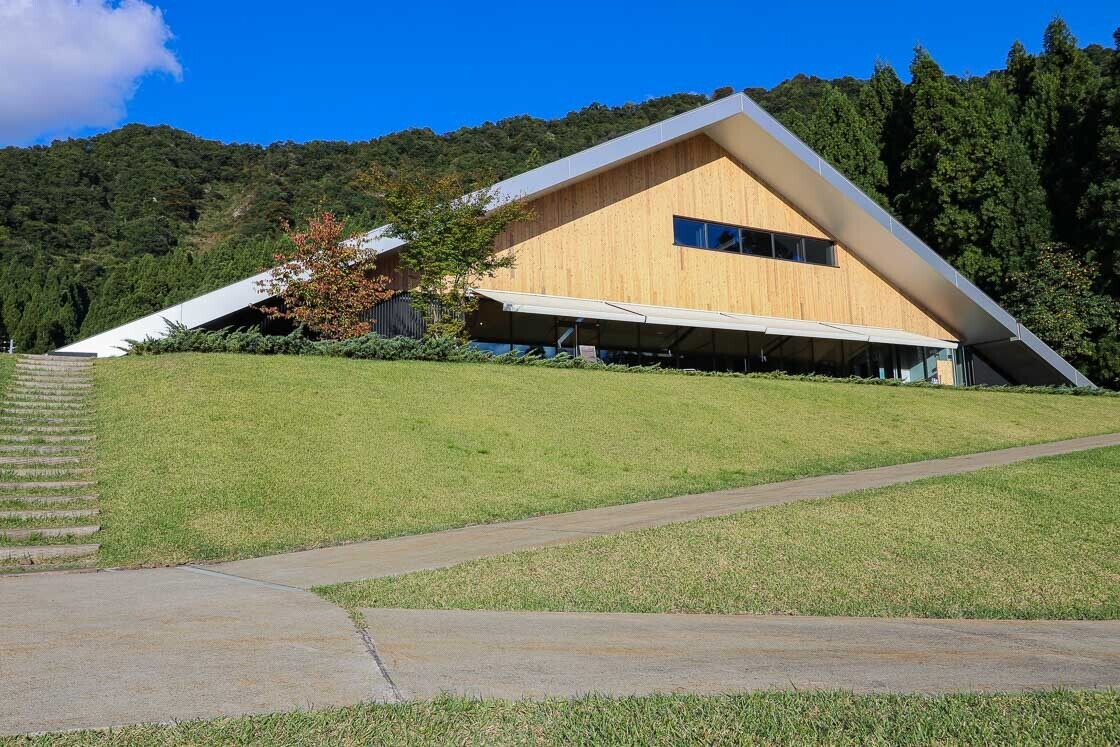
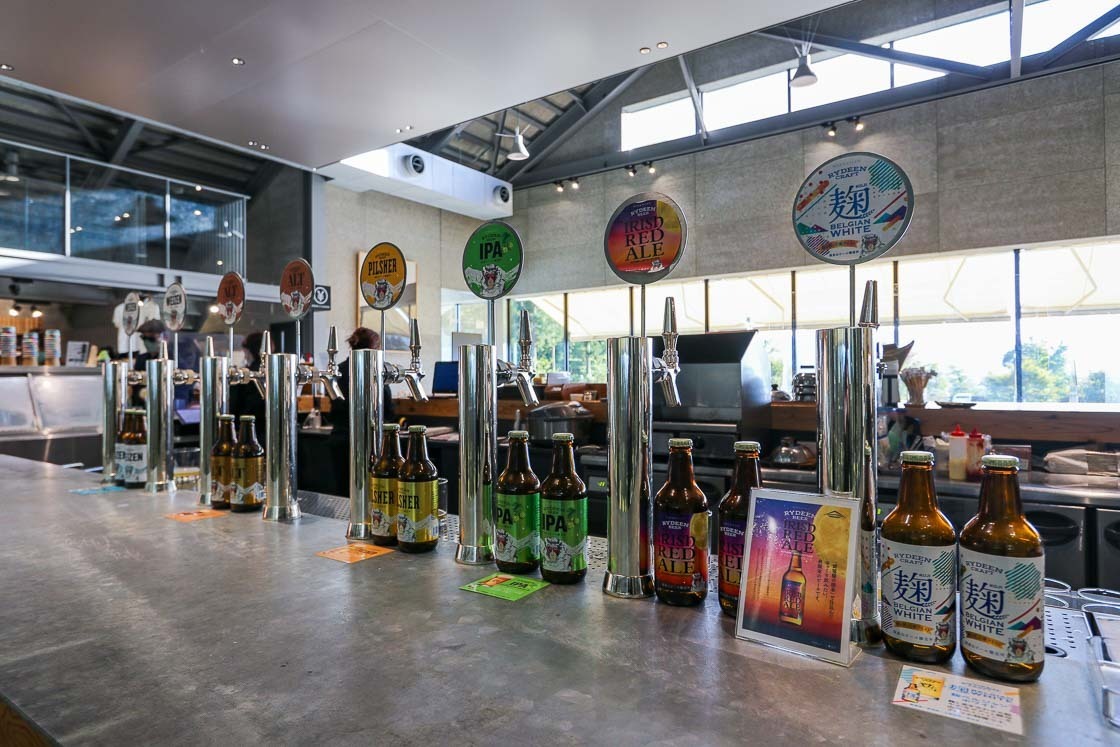
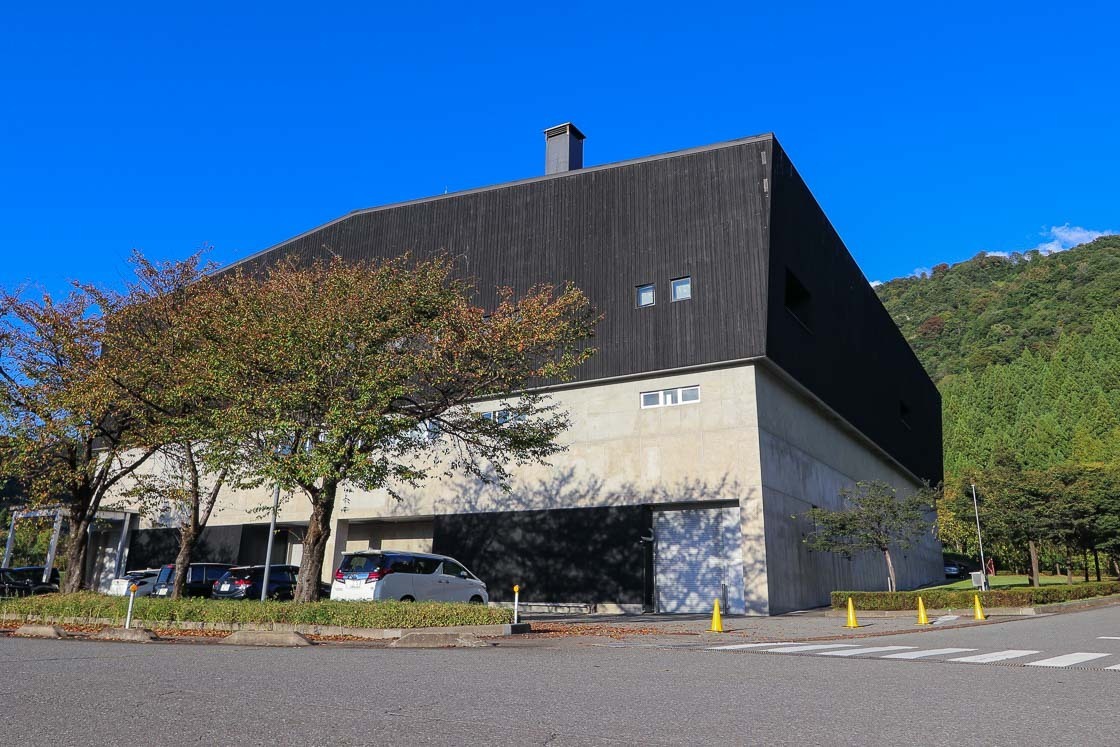
One of the highlights not to be missed at Uonuma no Sato is touring the snow warehouse, which is a huge warehouse filled with approximately 1000 tons of snow and where sake, rice and vegetables are aged. Minami Uonuma receives huge amounts of snow every winter, and the snow is used in the warehouse, which remains at a cool 3-5 degrees Celsius all year round relying only on the chill that comes off the snow. That's very impressive indeed!
Those who want to visit the Hakkaisan Yukimuro have to register for a free guided tour, which is available on a first-come first-served basis. A guide will take the tour participants into the warehouse. The approximately 15 minute tour ends at a tasting bar where visitors can sample the Hakkaisan line up for free, though there are some premium samples that cost a small fee. Available at the tasting bar are the two sake which were aged for three and eight years respectively in the snow warehouse. The eight year aged sake is said to have a smoother and rounder taste profile.
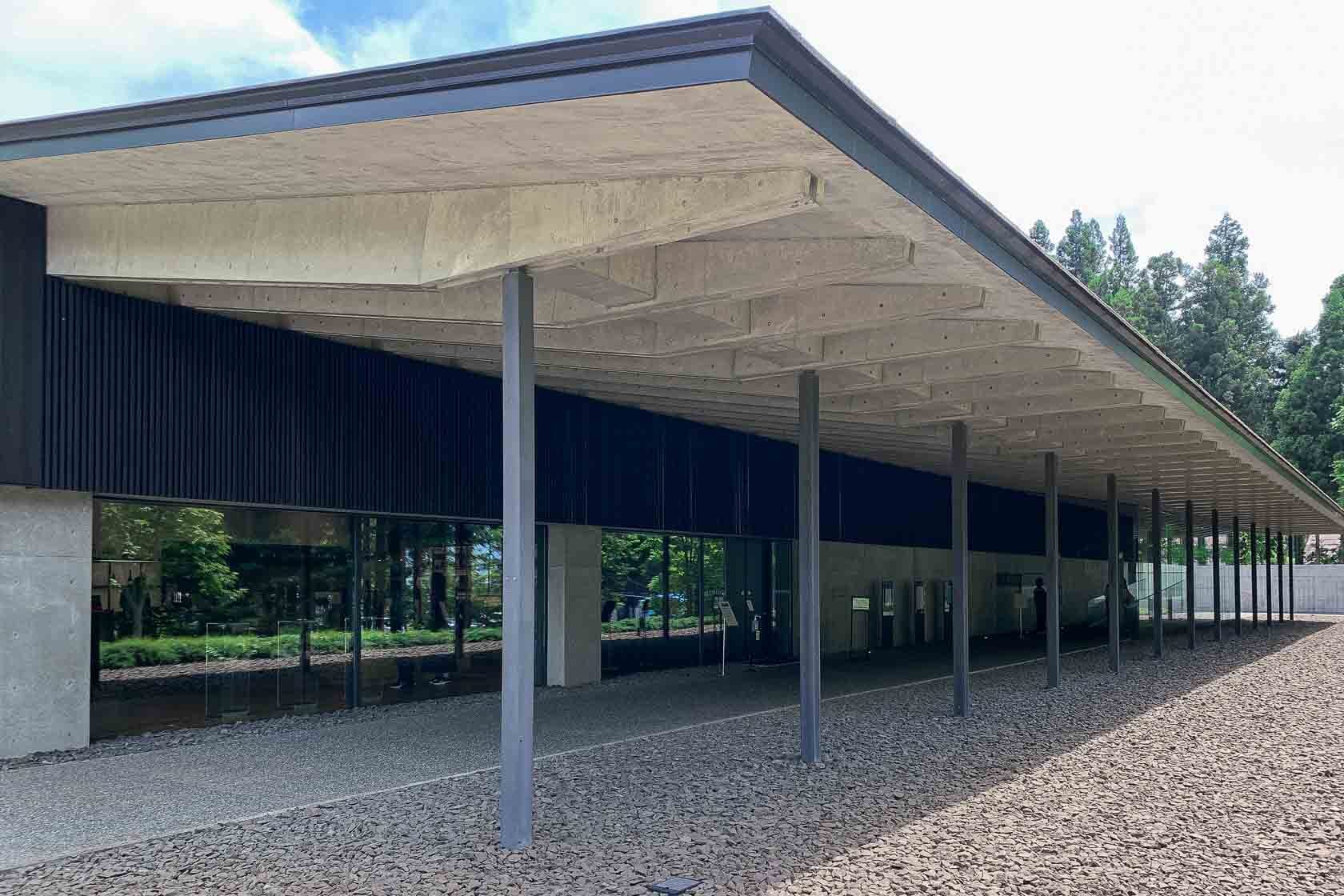
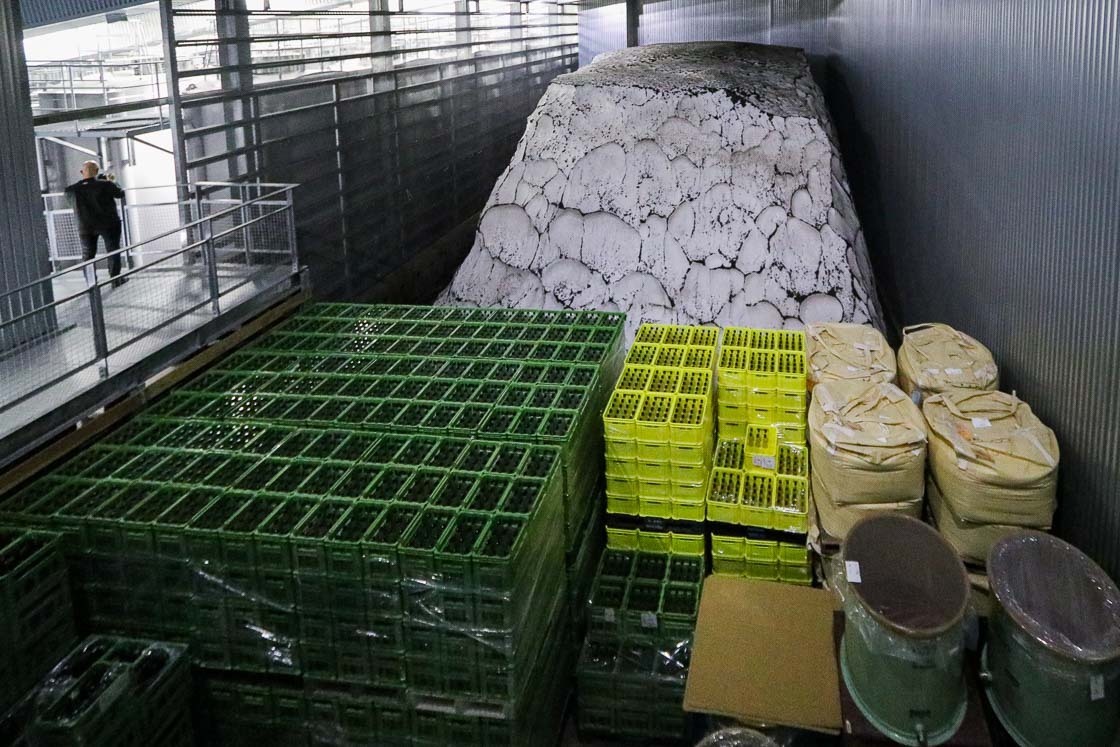
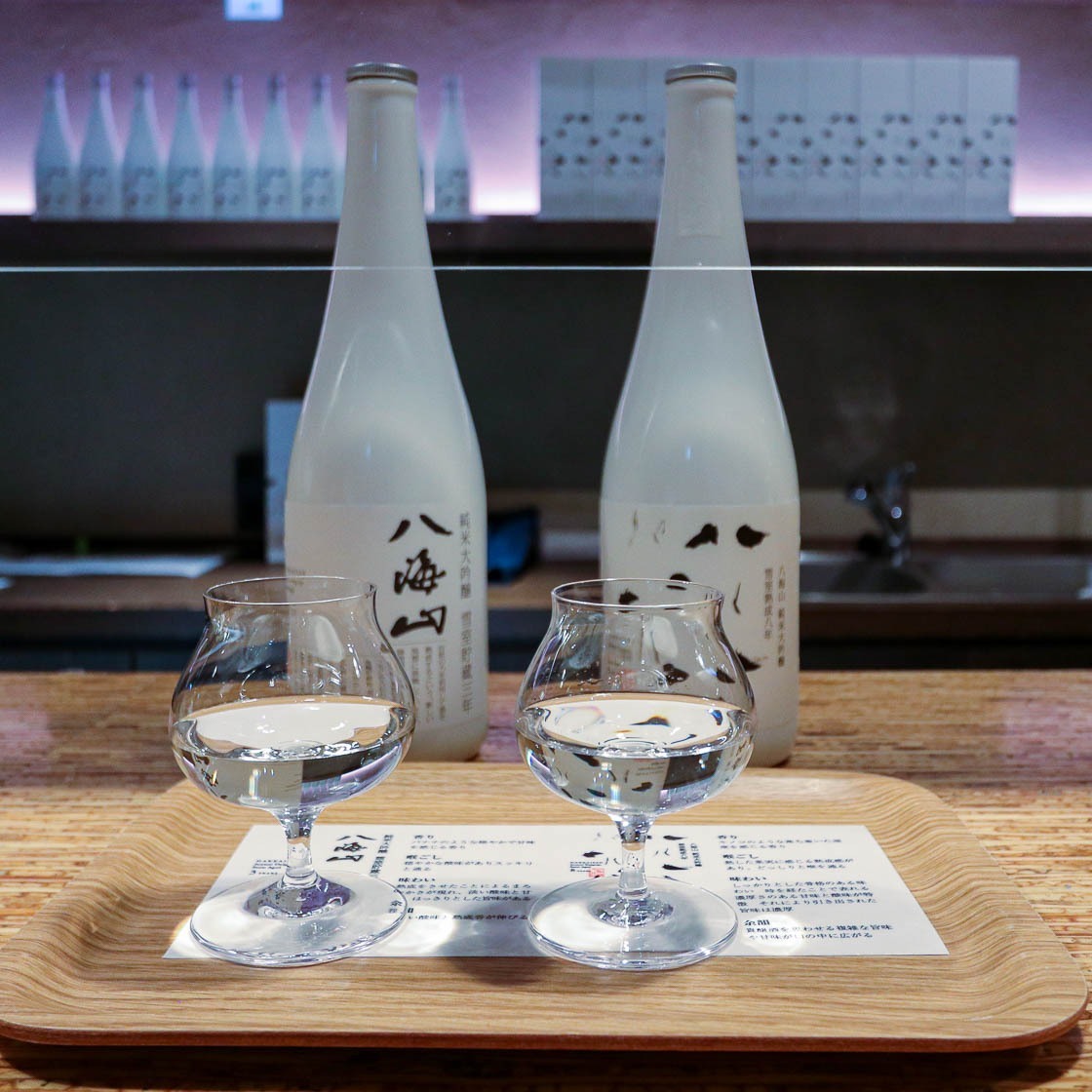
After exploring the rest of Uonuma no Sato, it was time to head back before it got dark. The most direct cycling route back is along the main road, and it took me about 45 minutes of cycling without stopping to return to ryugon.
Back at ryugon, I headed first for a bath before dinner.
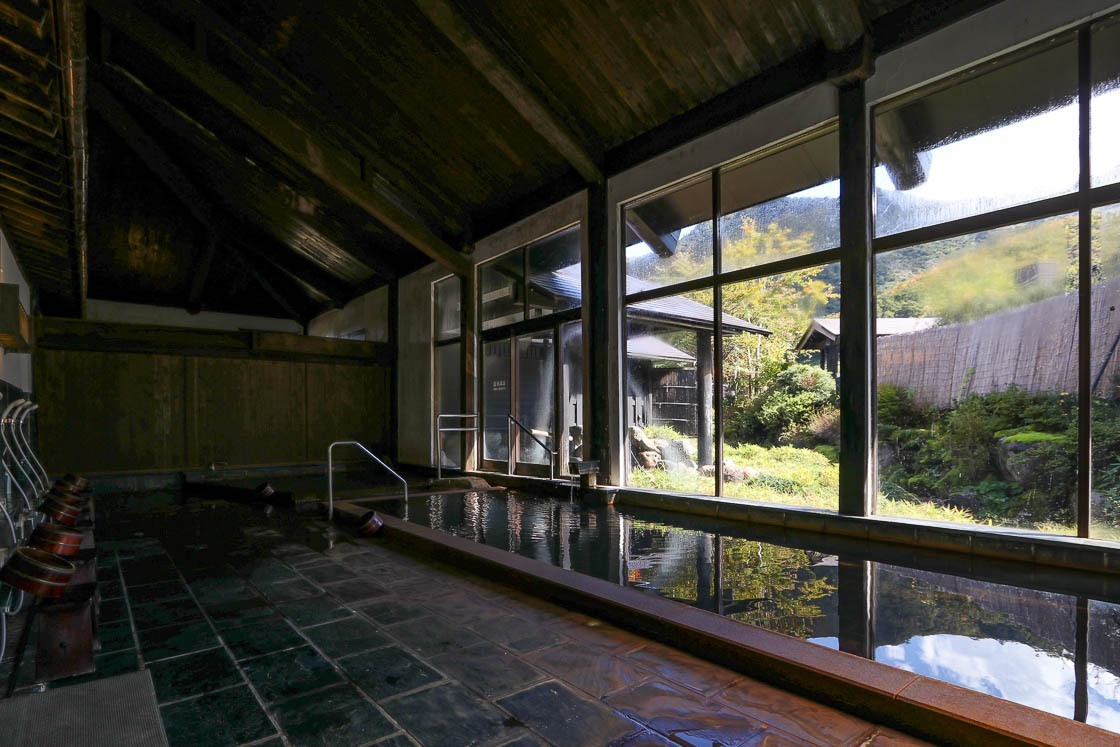
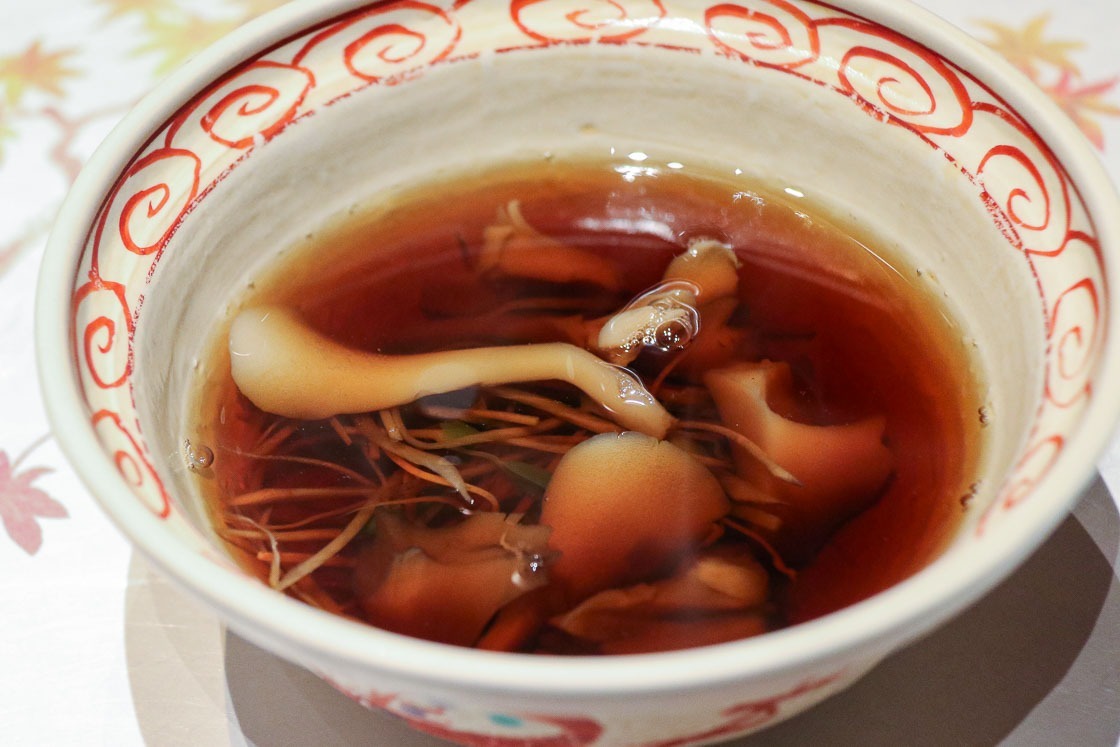

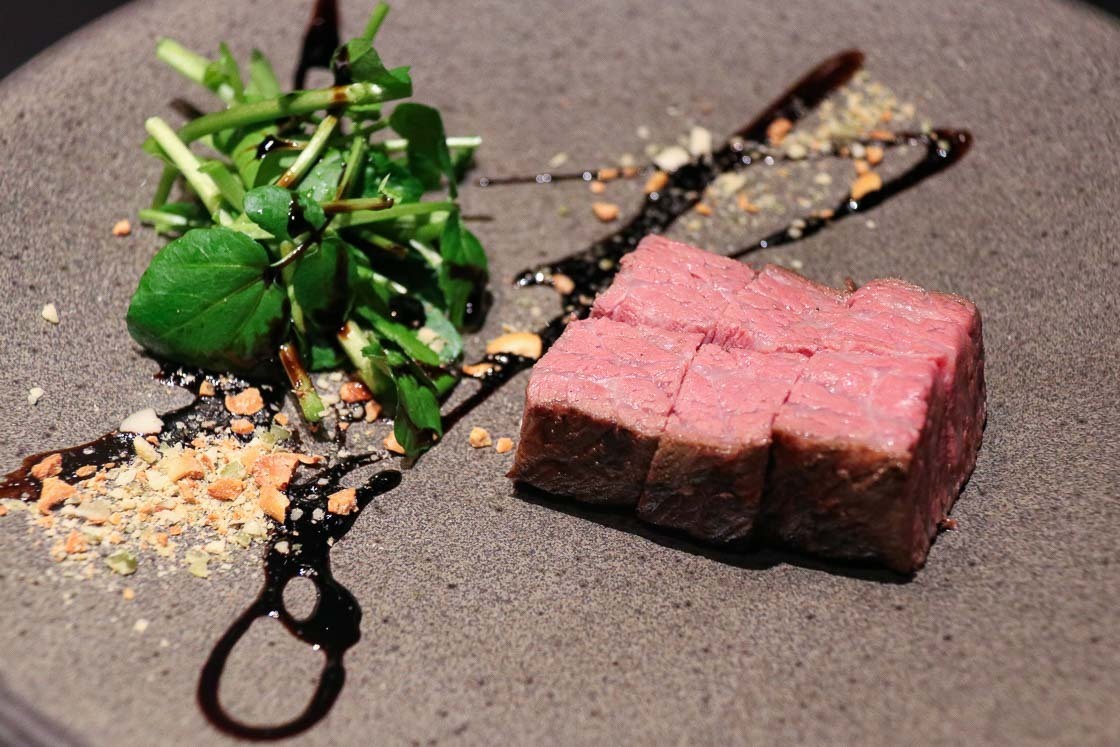
Day 2 in Tsubame-Sanjo and Niigata City
After breakfast, I said my goodbyes to ryugon and thanked the staff for my impeccable stay. Then, it was back to Muikamachi Station and off to Tsubame Sanjo where I spent the first half of my day, and then continued further north to Niigata City where I spent the rest of the day and stayed the night.
Situated almost in the middle of Niigata Prefecture, the two cities of Tsubame and Sanjo are closely associated with one another through their history. Collectively referred to as Tsubame Sanjo, the area developed as an artisan town known for forging Japanese nails during the 17th century. The artisans in the region had expanded their repertoire to include household items like kettles and knives when the demand for Japanese nails eventually decreased. Today, a vast number of metalworking companies can be found in Tsubame Sanjo.

I took the chance to visit Gyokusendo, a long established copperware workshop that has been hammering copper vessels for over 200 years. In fact, Gyokusendo's hammering techniques were designated an intangible cultural property in 1980! In the early days, kettles and pots for daily use were primarily created at Gyokusendo, and over time, decorative designs were added, creating the vessels we can see today.
All the copper vessels produced at Gyokusendo are made by hand, from the hammering and shaping to polishing and developing the colors and patina, and the process can be seen on free workshop tours, which are held frequently. I thoroughly enjoyed my workshop tour of Gyokusendo learning and seeing how these exquisite pieces are made by hand, and the combination of seeing and hearing the process itself was quite an experience. The tour ended at their showroom in the oldest part of the building where I could touch and hold the final pieces. A vessel from Gyokusendo can be a little pricey, but it will also last for generations if well taken care of, and its patina will change and gain its own personality over time.
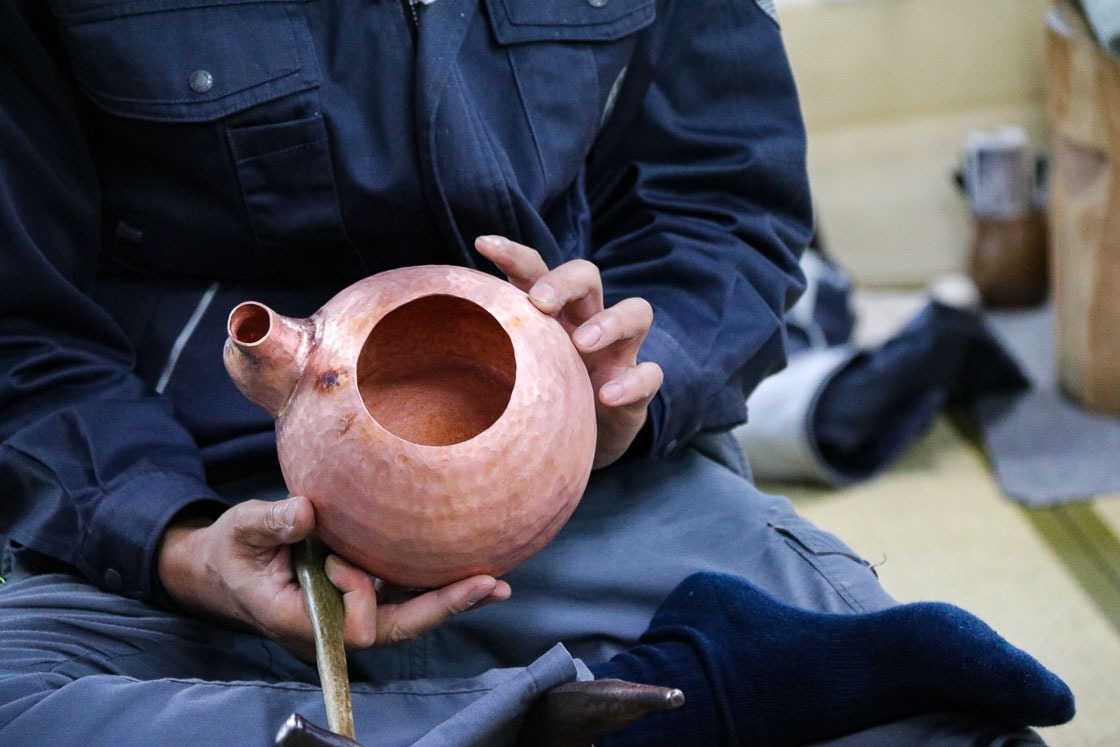
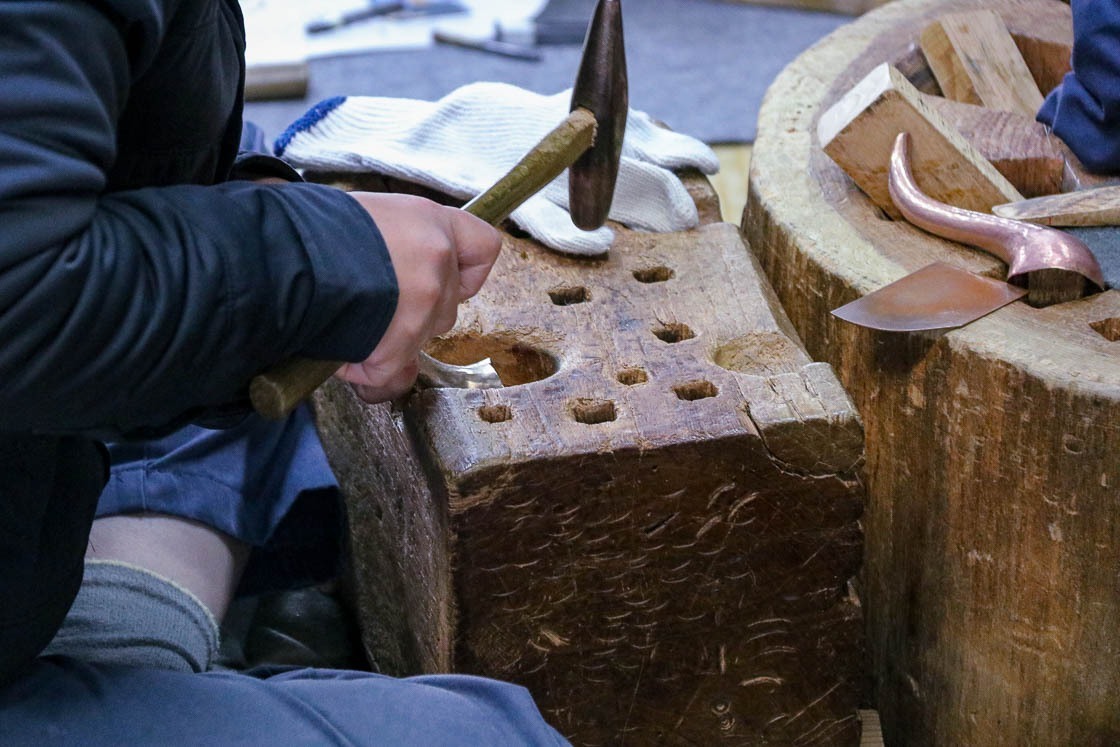
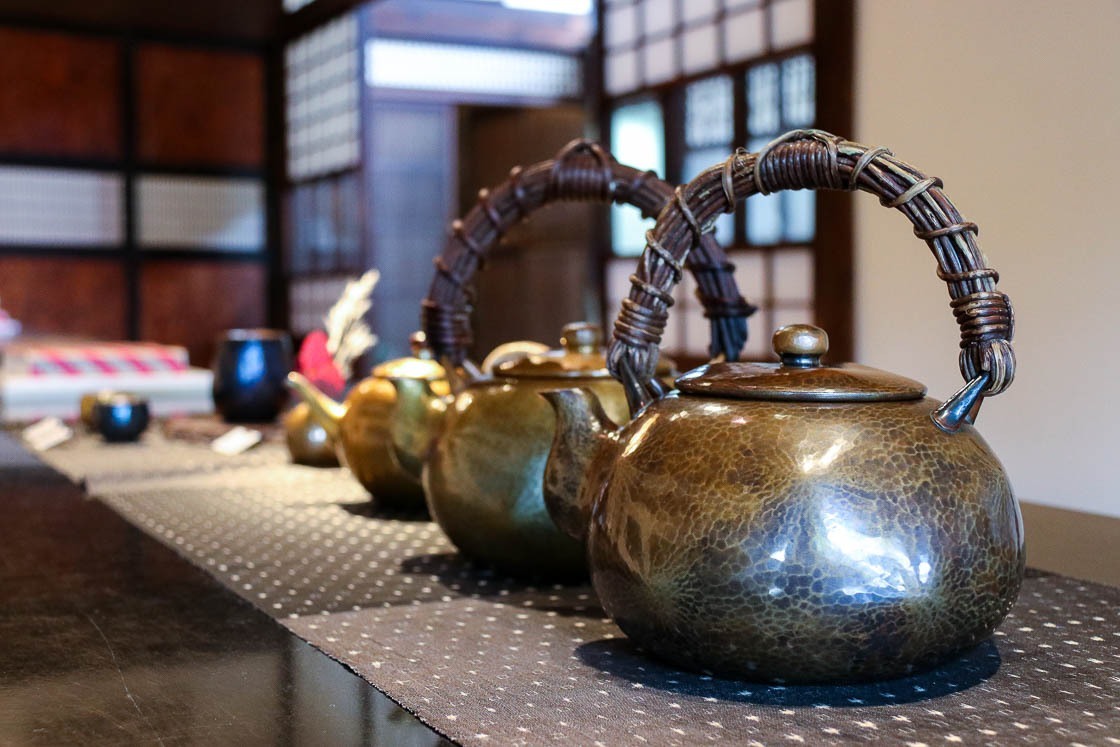
Following my visit to Gyokusendo, I made my way to Niigata City, the capital of Niigata Prefecture, by train. I visited a historical residence, walked through the old town and had dinner at a traditional Japanese restaurant with a geisha for company.
The Niigata Saito Villa was constructed in 1918 by the fourth generation Saito patriarch as their holiday home. The Saito family started off as sake brewers who grew their wealth through the late 19th century trading in the shipping business and then further investing in land and bonds, which turned them into a business conglomerate and one of the wealthiest families in Niigata. The family's elegant residence is a reflection of their prosperity and showcases modern Japanese-style design. A substantial part of the grounds is taken up by a beautiful landscape garden that contains walking paths.
The classical Japanese-style rooms in the villa offer a close look at traditional Japanese design and allow one to imagine what a visitor might have seen a hundred years ago. A major design theme at the villa is that the expansive gardens and residence were constructed to complement and blend into one another seamlessly. I spent some time enjoying panoramic views of the garden from the rooms in the villa, and thought that the pillars and beams of the house acted like a frame for the picturesque garden. After taking in my fill from the inside, I went for a stroll through the garden and took in the view of the villa from the outside.
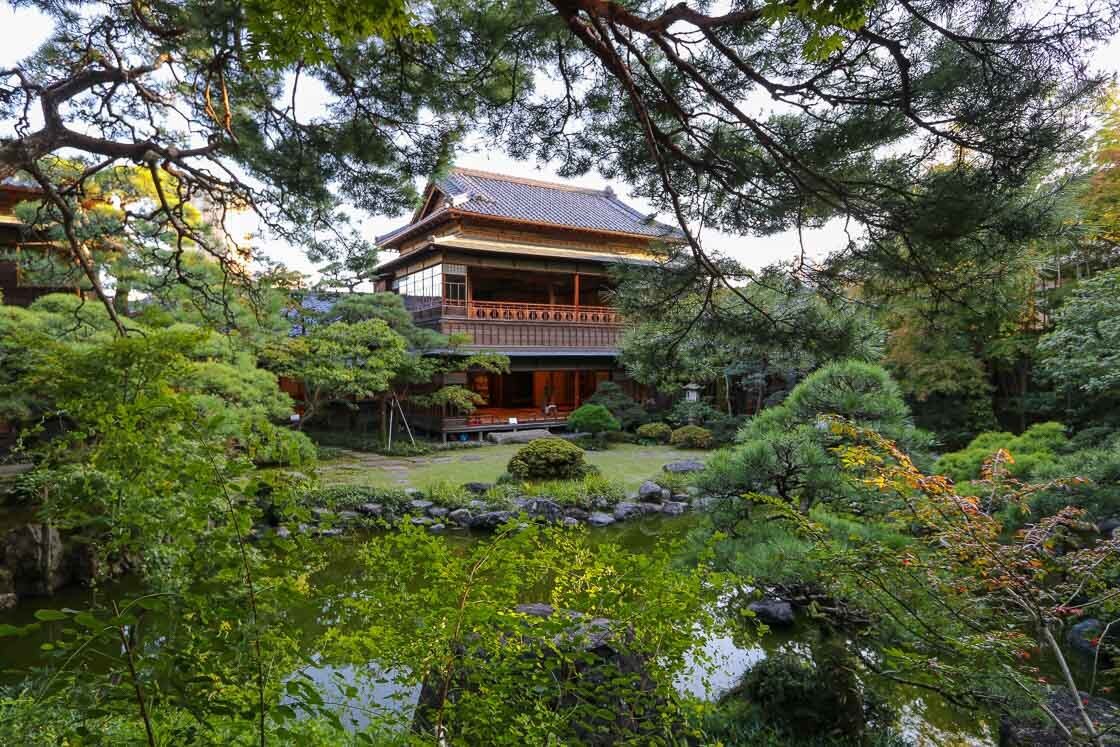

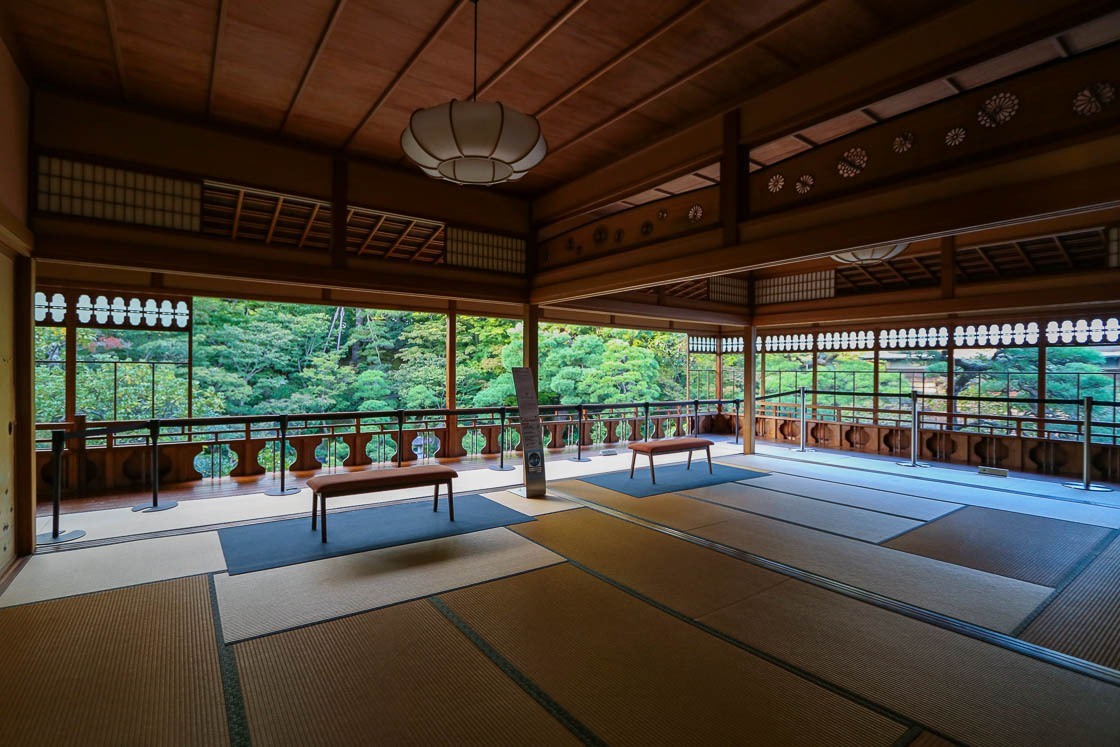
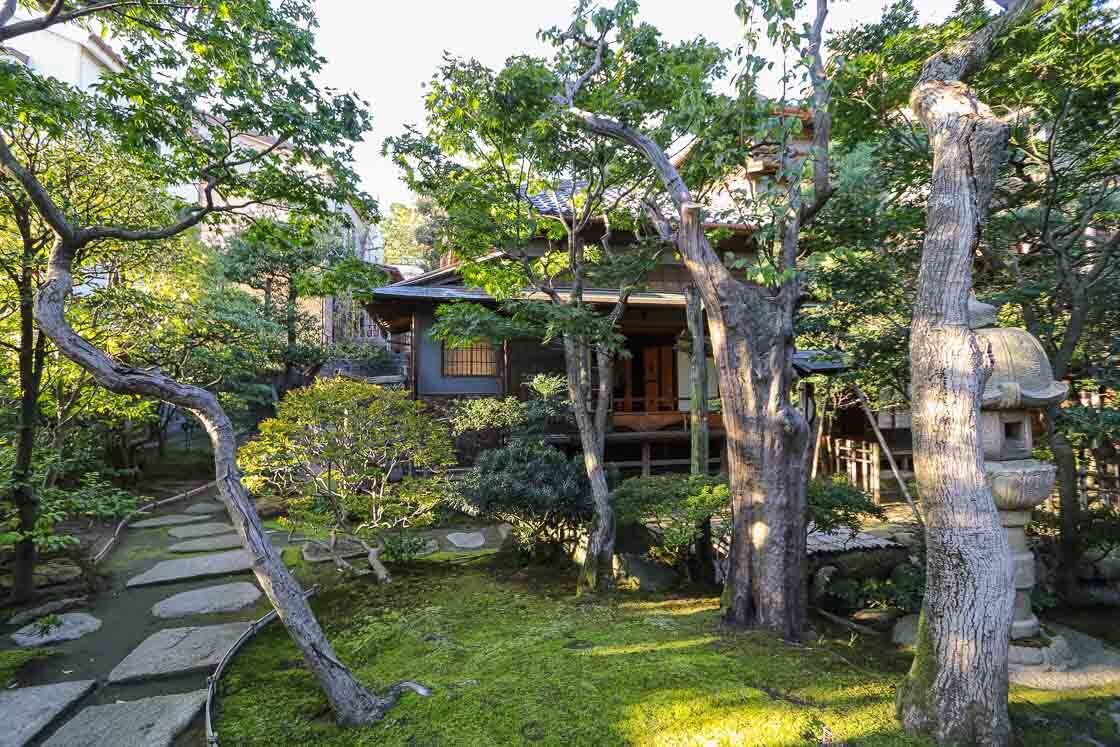
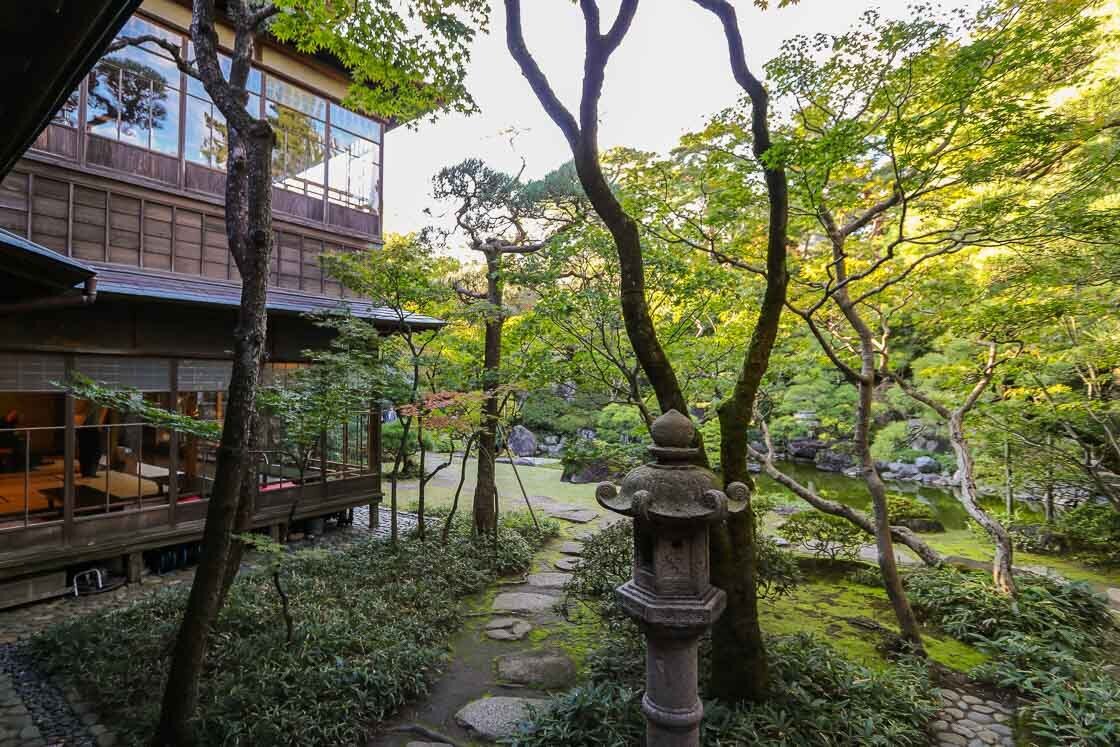
Next on my route is a walk through Furumachi, the old town of Niigata. During the 19th century, Niigata was a bustling port town along Japan's most important shipping trade route along the Sea of Japan. Trade and businesses flourished in Furumachi, and alongside them thrived the nightlife entertainment which included brothels, geisha houses, and upscale restaurants and tea houses.
The roads in Furumachi have largely remained as they were since their development more than 350 years ago, so one can expect some narrow alleys and buildings built close to one another, which may make for an interesting afternoon in urban exploration. In addition to shopping, many restaurants and bars can be found in Furumachi making it quite the evening hang out spot.

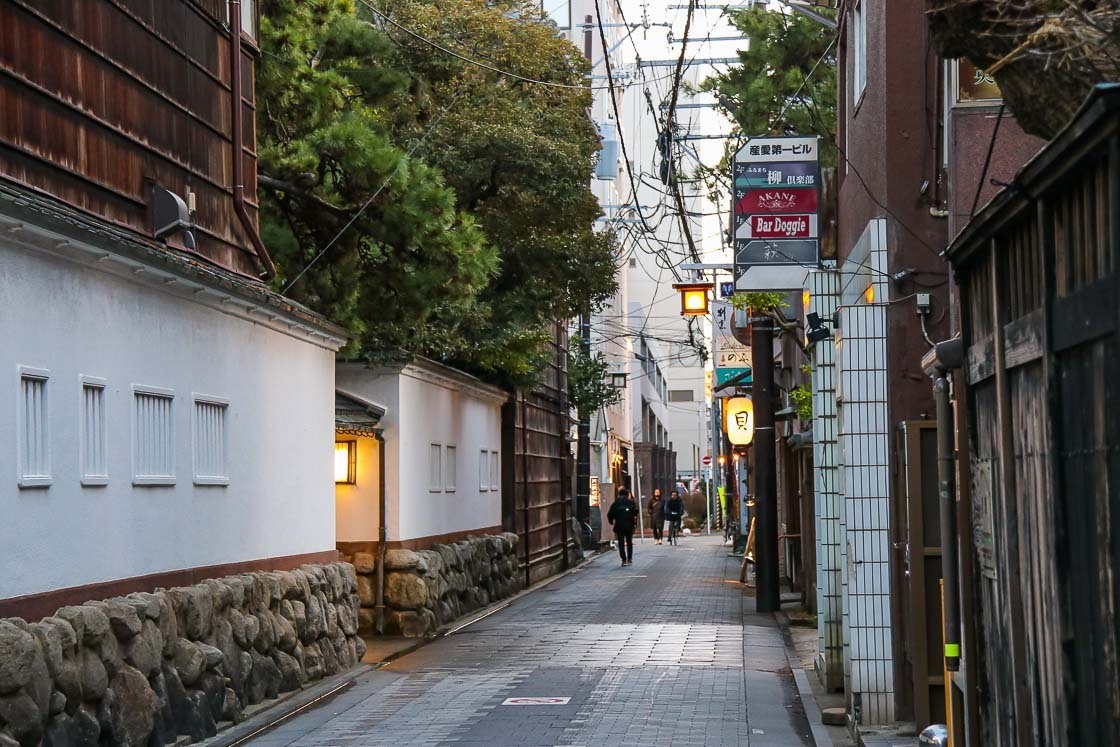
For dinner, I had a reservation at Ikinariya, an upscale traditional Japanese restaurant or ryotei serving Japanese haute cuisine. Ryotei typically offer private room dining and kaiseki course meals, and some places like Ikinariya can also arrange for geisha services, which I requested. While there is no specific dress code for dining at a ryotei, the most fail safe option would be to go for a business casual attire. With that in mind, I headed to my hotel to freshen up before dinner.
Ikinariya was established about 300 years ago and is currently managed by the 11th generation Ikinari family. The ryotei consists of several buildings built in a landscape garden that incorporates a pond, a waterfall and several centuries old trees. The reception building closest to the entrance dates back to the 17th century and including that, several buildings in the Ikinariya estate have been designated cultural heritage.

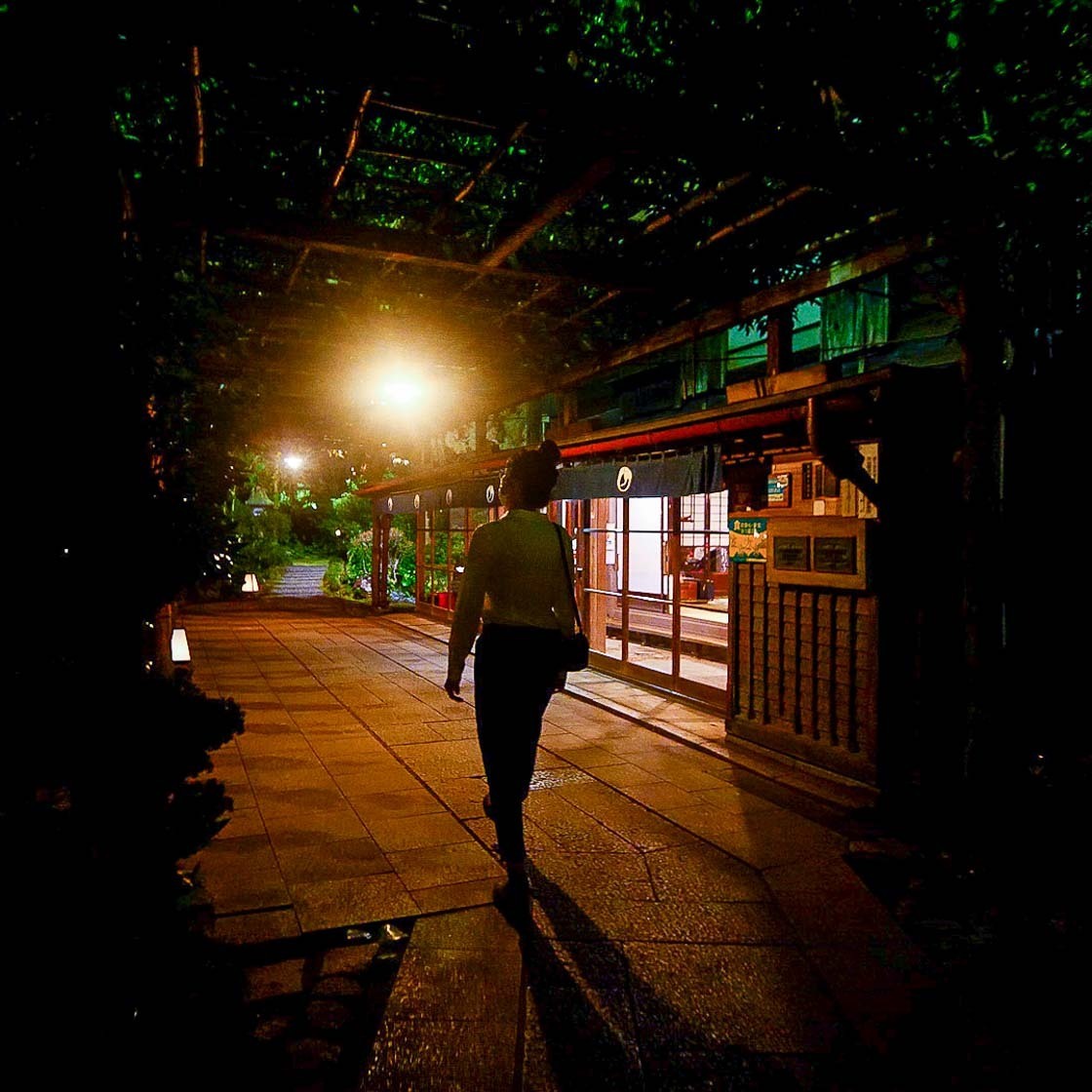

My ryotei experience began the moment I walked through the gate of Ikinariya, where the staff greeted and led me to my dining room with its private entrance. I had a gorgeous Japanese style room with large glass windows showing off the garden, and the interior decor of the room contained little details to the Ikinari family's history and legacy. I learnt from the 11th generation proprietress that the reason I could see images of the Japanese crane in my room was due to the family owning cranes as pets in the past until it was prohibited, and now use their image as a tribute.
Geisha are professional entertainers skilled in the art of communication and traditional Japanese performing arts which include dancing and singing. Their main role is to attend to guests by conversing with them, performing a traditional dance or playing drinking games. My geisha experience started when the geisha brought in my drink order and poured me a drink. Depending on the geisha, some might be able to converse in simple English, but otherwise, Japanese is the de facto language used. However, the dance appreciation and games do not require a high level of language communication, and can be successfully enjoyed by most. My favourite parts of the geisha experience were conversing and playing drinking games with her. I thought it was very cool to have such an experience in a private setting!
As mentioned earlier, dinner at a ryotei is typically a kaiseki course meal. My meal took about two hours from start to finish, and the geisha accompanied me for most of my dinner. It was a tough job finding a good balance of appreciating my food and enjoying the geisha's company in the two hours, but I think I managed both fairly well.

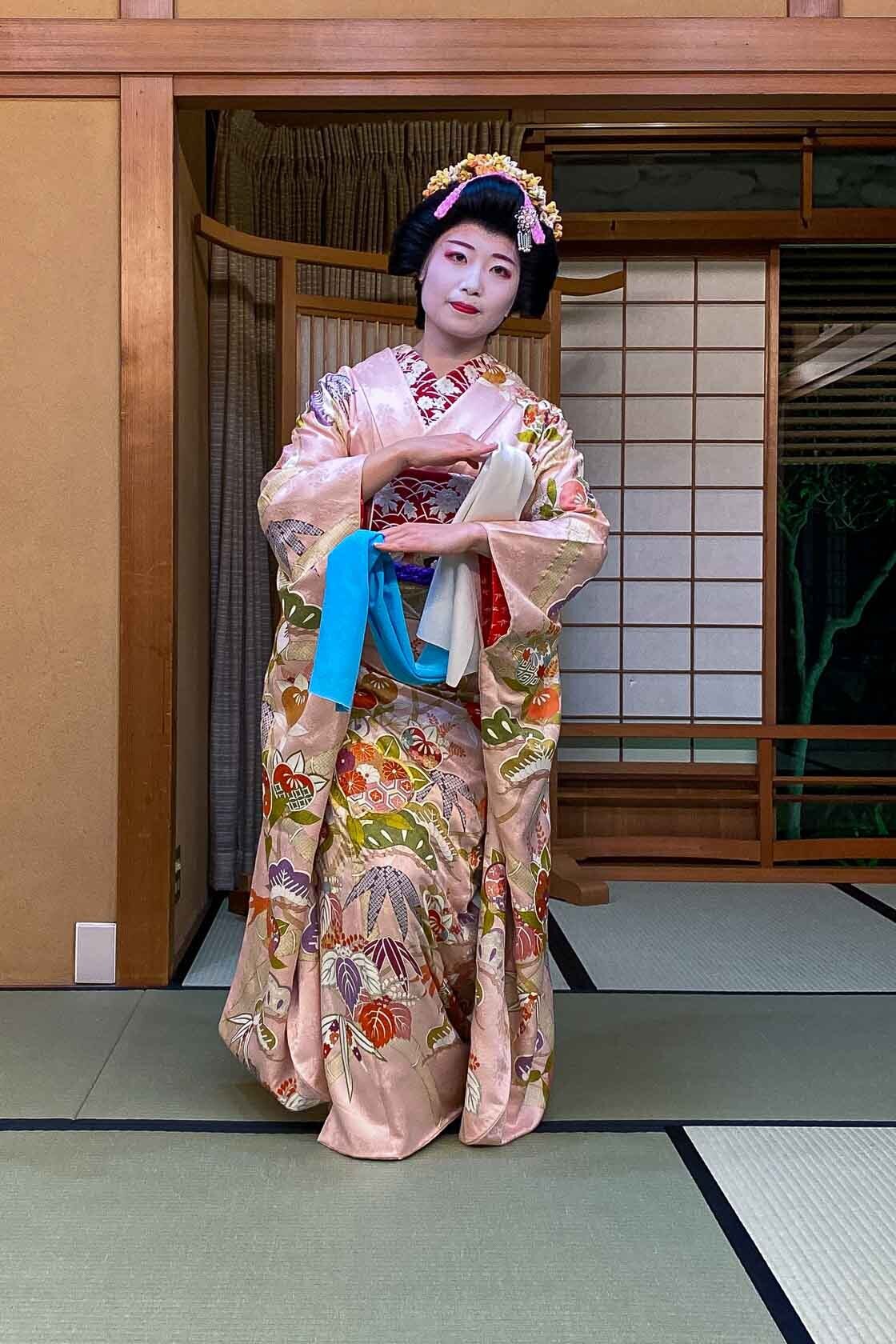
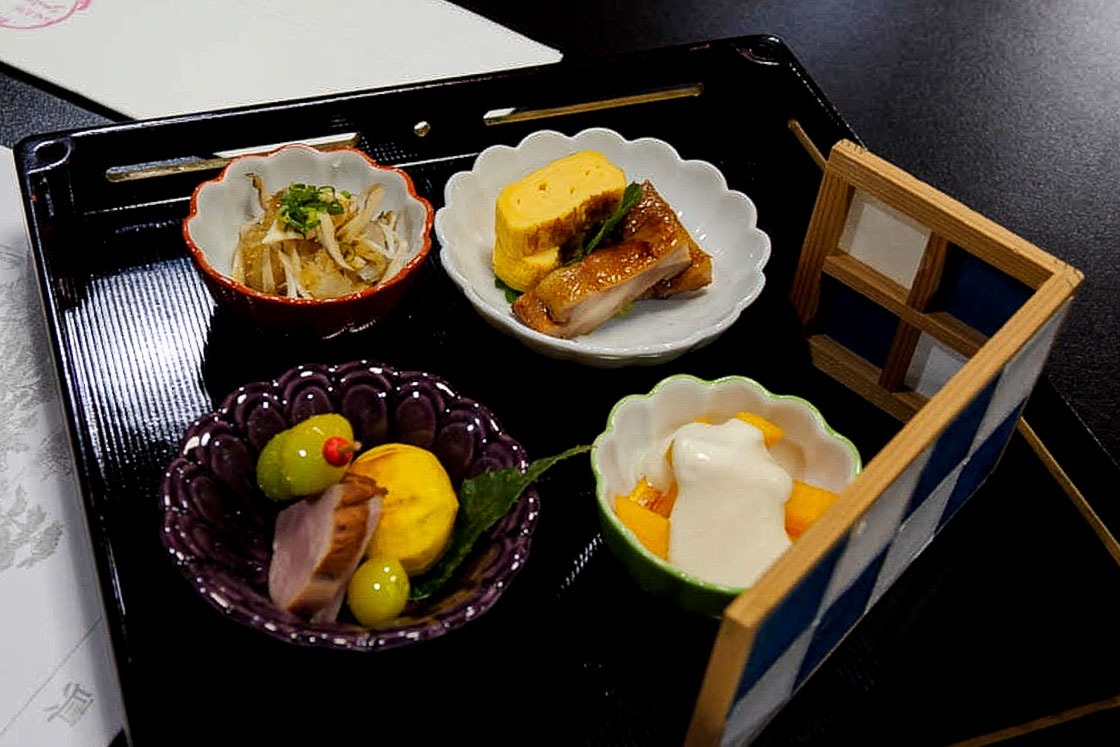
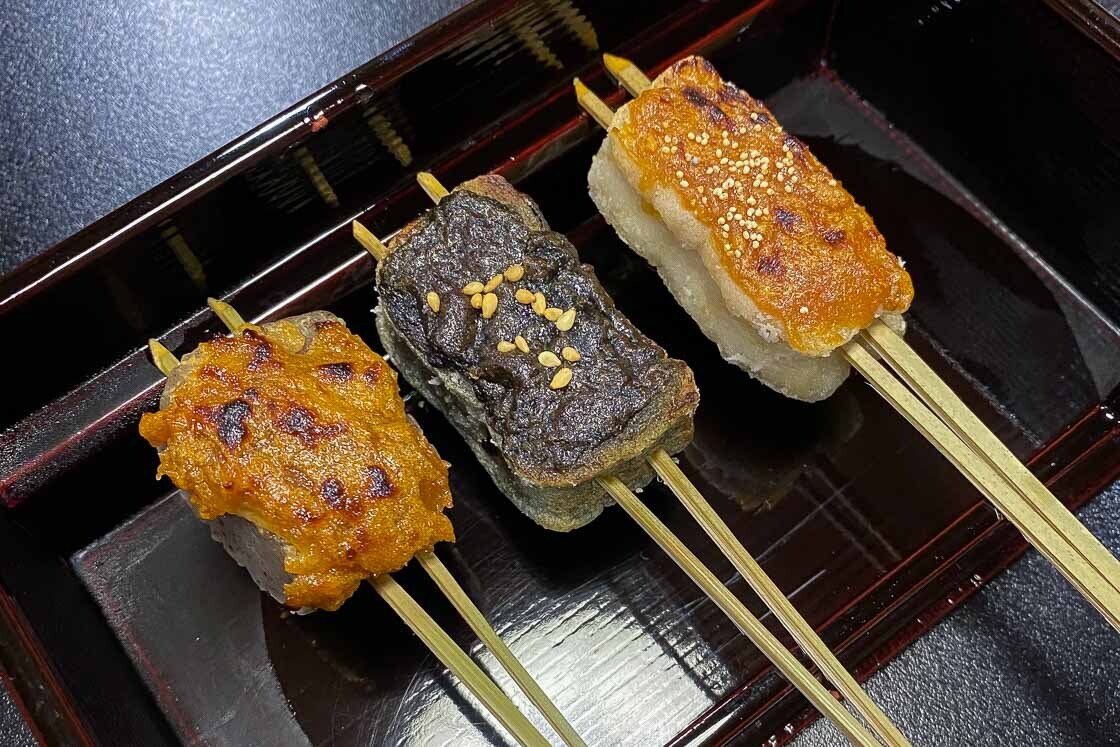
At the end of the night, the staff saw me off at the gate, and a taxi brought me back to my hotel.
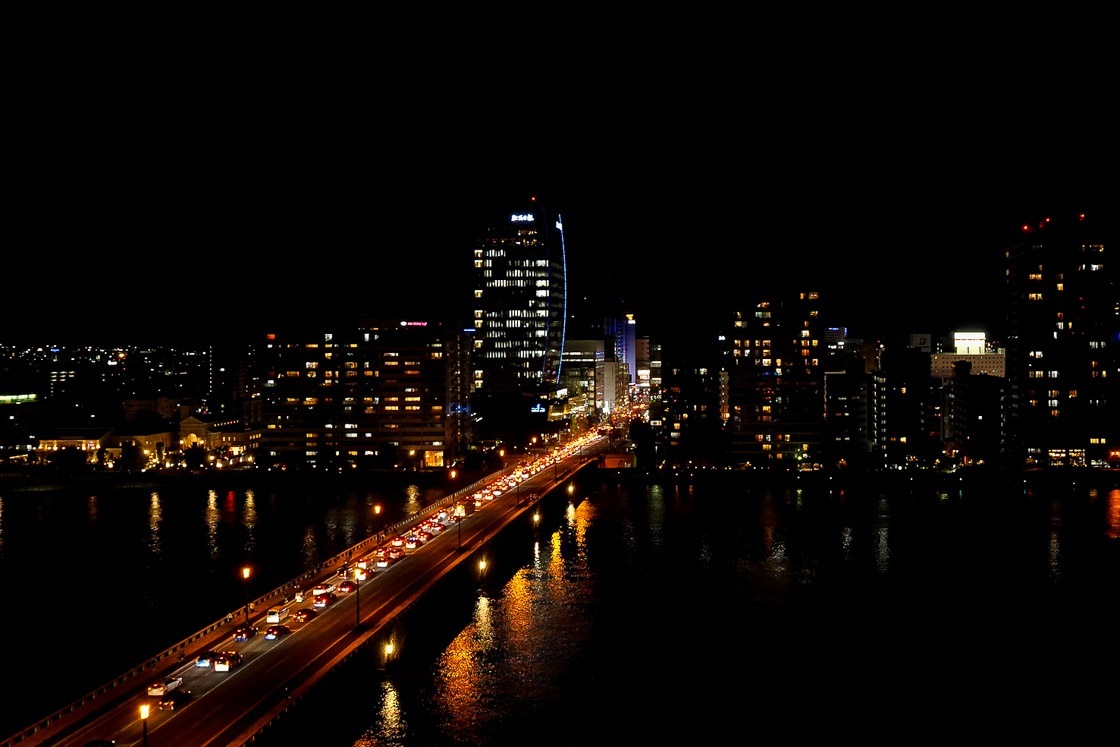
Day 3 in Yahiko Village
My last day in Niigata Prefecture was spent in Yahiko, a village not far from Tsubame Sanjo where I was the day before, where I visited the local shrine and hiked up the mountain behind it. Both shrine and mountain are considered to be power spots - places where positive energy flows and brings good luck and health to those who visit - it would be a shame to visit one without the other.
From Niigata City where I stayed the night before, I took trains to Yahiko Station. From the station, I walked to the farmers market about five minutes away to get some lunch for later, and it was another ten minutes to the shrine from there.
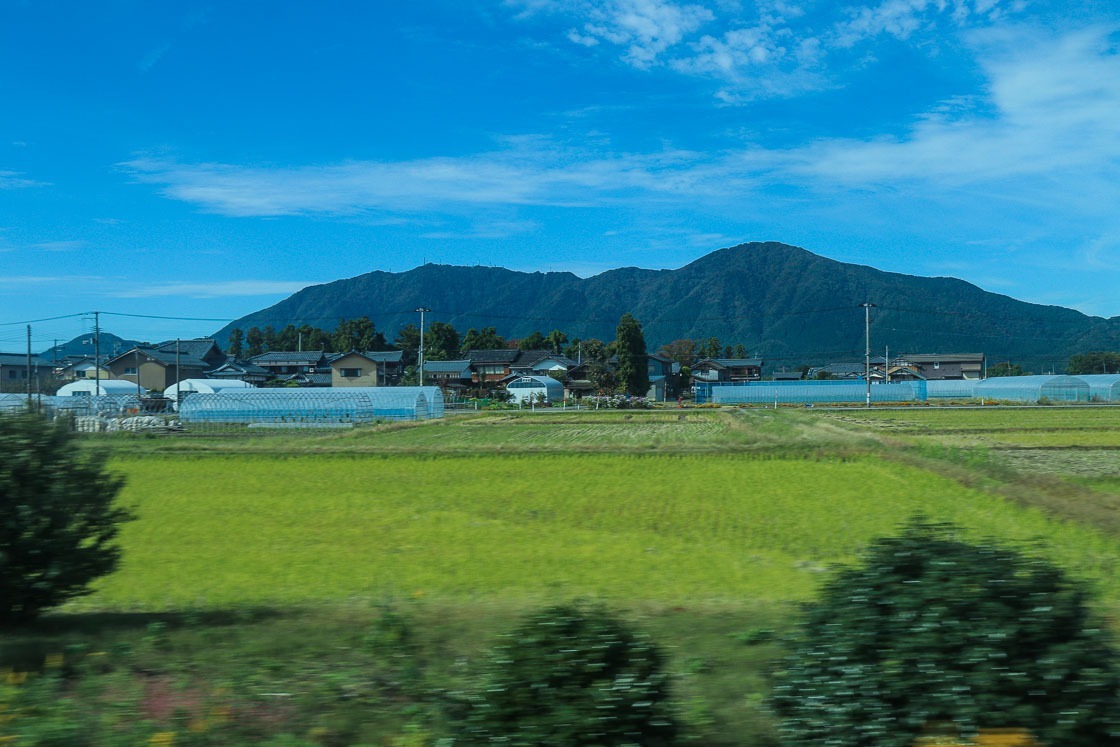
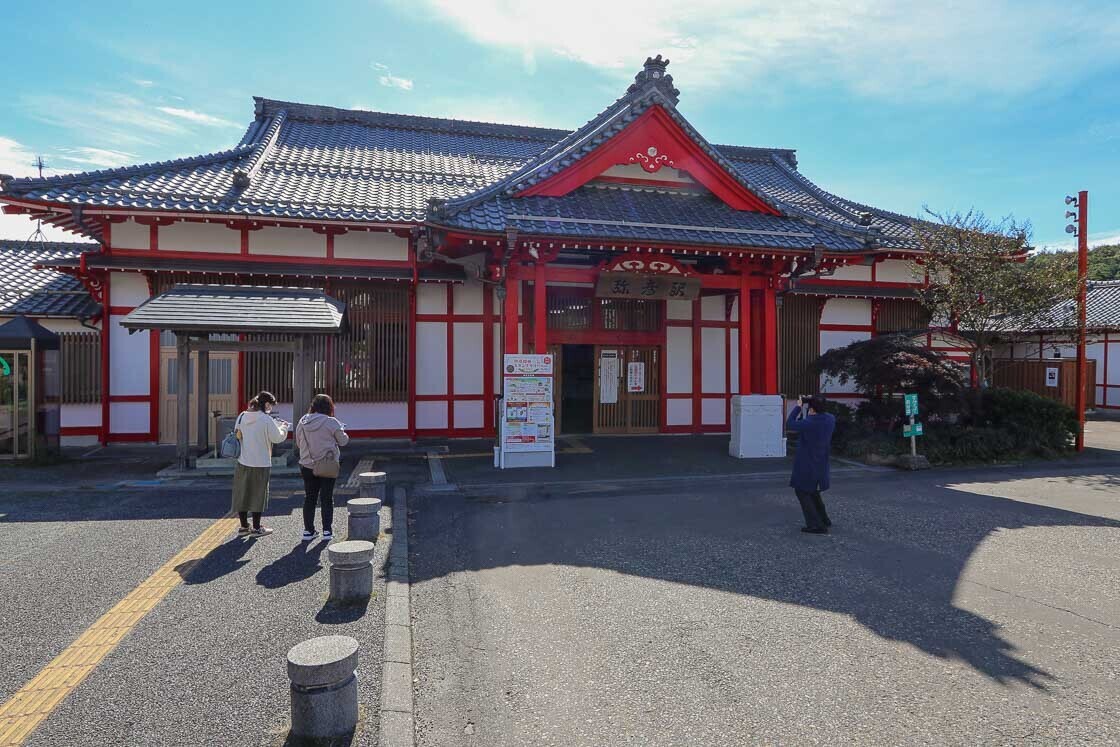

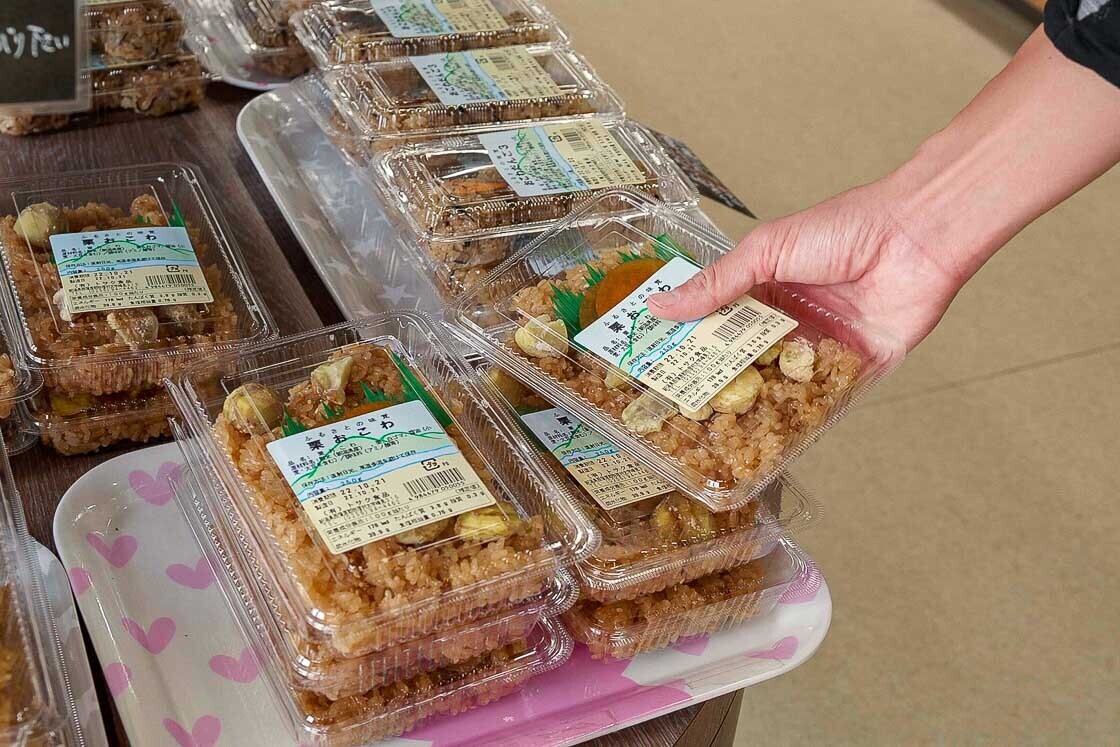
Mention of Yahiko Shrine can be found in a collection of poetry compiled in the late 700s, showing that the shrine has been considered a highly spiritual place since ancient times. Yahiko Shrine is dedicated to Mount Yahiko, which is the shrine's sacred object, and the spacious main shrine grounds are located at the bottom of the mountain and a small inner shrine can be found at the top.
As I walked along the tree-lined main approach to Yahiko Shrine's main hall, I thought about the pilgrims of centuries past who probably used that time to quieten their minds and hearts before presenting themselves before the deities. The shrine grounds at the base of the mountain are fairly large, and in addition to the main hall also contain numerous auxiliary shrines, some animals like deer and chicken and a shrine museum containing a few national treasures.
An unusual part at Yahiko Shrine is the method of praying, which is two bows, four claps followed by one bow. Most shrines usually follow the two bows, two claps and one bow format.
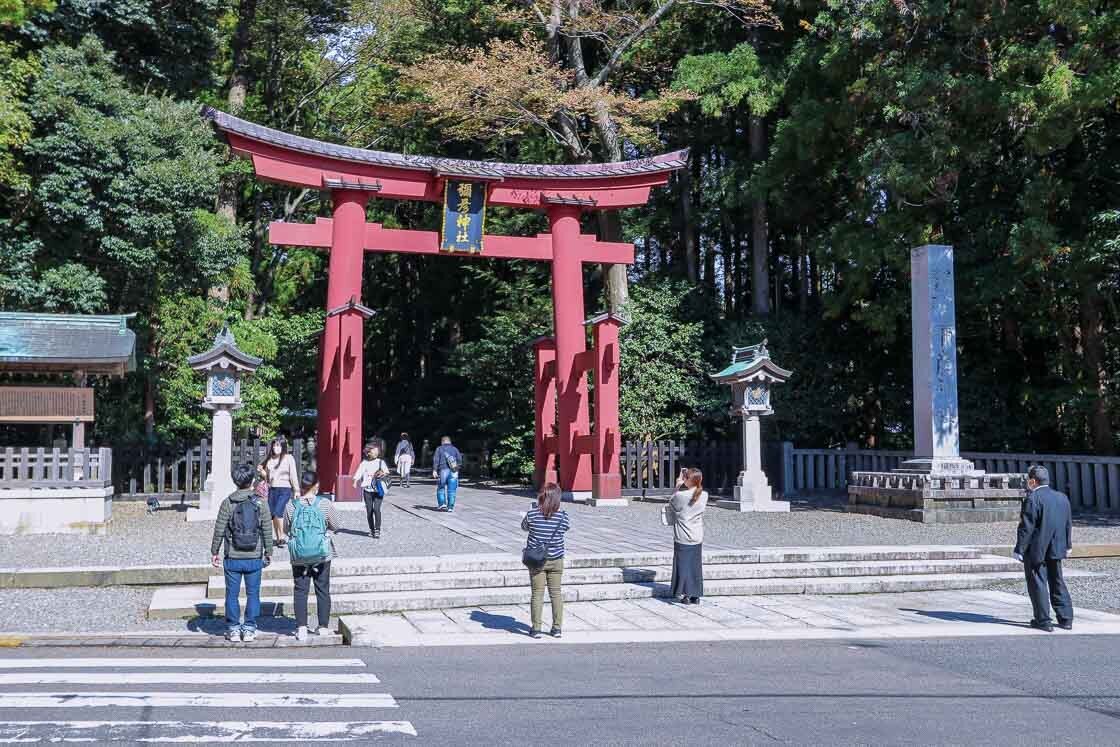
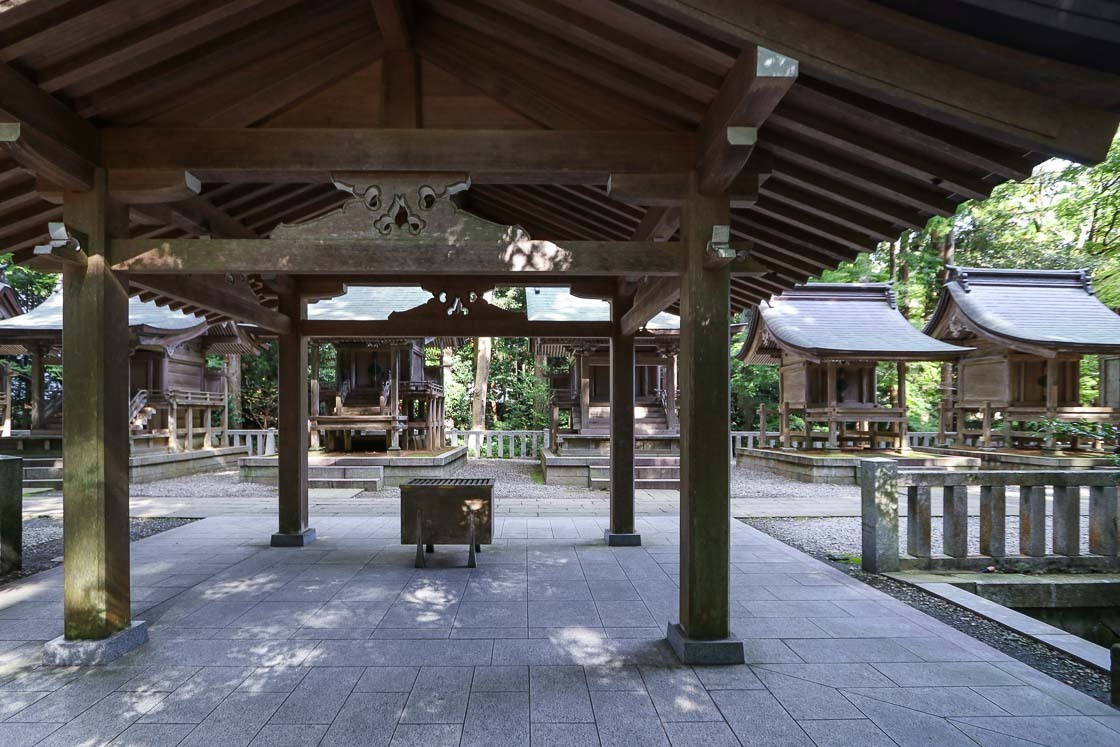

After offering my greetings, I made my way to the start of the walking trail to the top of Mount Yahiko. Standing at 634 meters, Mount Yahiko is the same height as the Tokyo Skytree in Tokyo, and offers scenic landscape views from the top. The hike to the peak takes about two hours one way and does not require any technical hiking equipment though sturdy walking shoes are recommended. Alternatively, there is also a ropeway going nine-tenths of the way up the mountain, and it is a 10-15 minute walk to the peak from there.
My hike up was largely uneventful, and I took several breaks along the way to admire the views of the plains below.
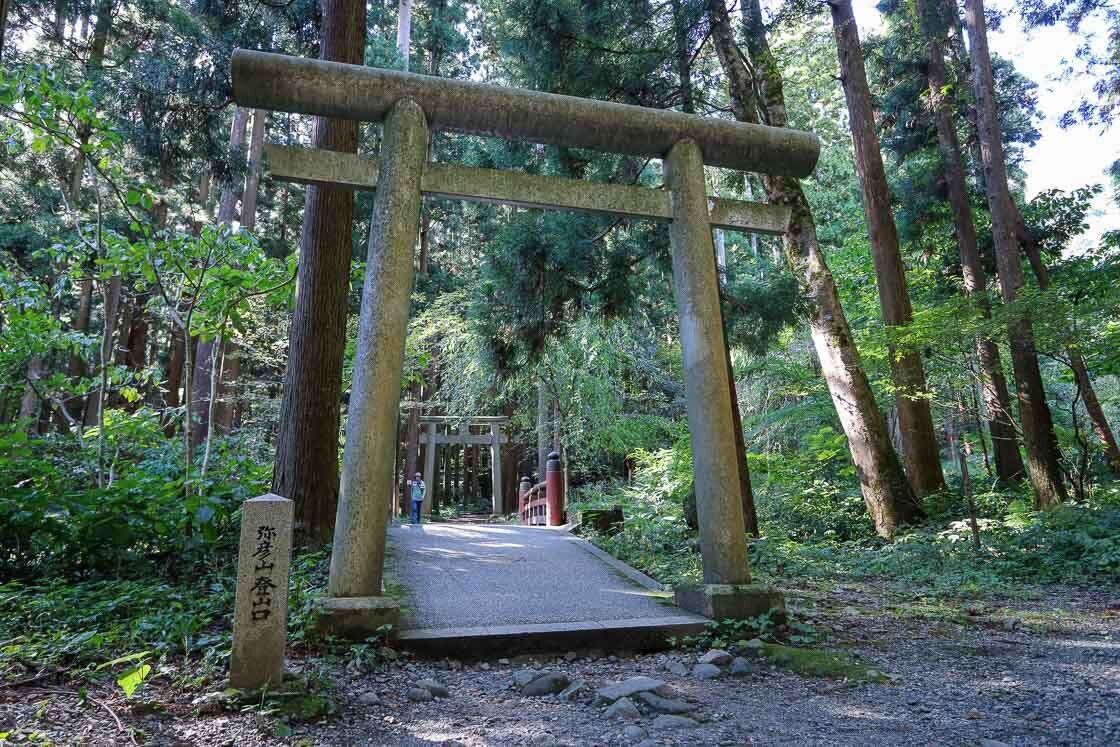
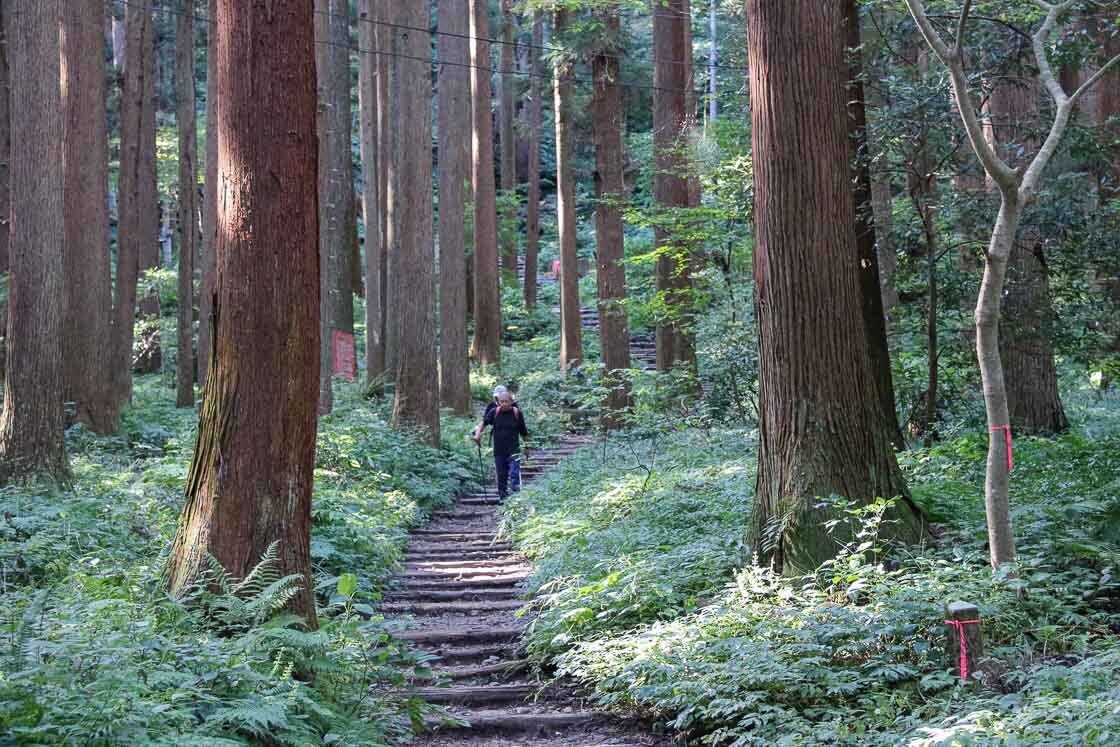
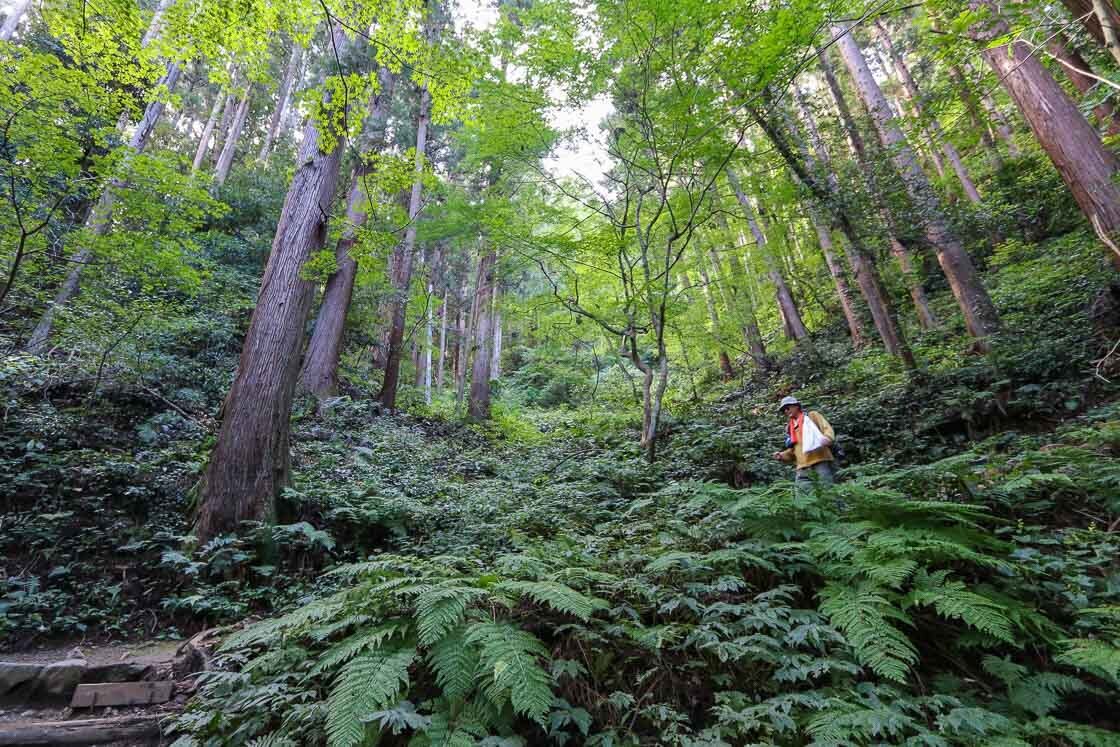
The excellent view about five minutes from the peak spurred me to the top, and I was quite pleased when I finally arrived at the peak of Mount Yahiko. I could see the outline of Sado Island about 40 kilometers away across the Sea of Japan on the one side, and the plains of Yahiko and Tsubame Sanjo on the other. I offered my greetings at the inner shrine on the top of the mountain before picking a nice spot to have my well-deserved lunch. After lunch, it was time to head back down the mountain slowly and make my way back to Tokyo.
I had an incredible three days in Niigata Prefecture, and I thought the trip had a bit of everything most travelers looked for in a trip to Japan. I loved the rural vibes, countryside cycling and staying at a traditional inn on the first day, the historical places I visited on the second day, and of course the geisha experience, and the lovely outdoor hike on the third day. The food experience, too, on all three days was exceptional and had me eating like a queen. The only thing I would change about this trip is to make it longer!
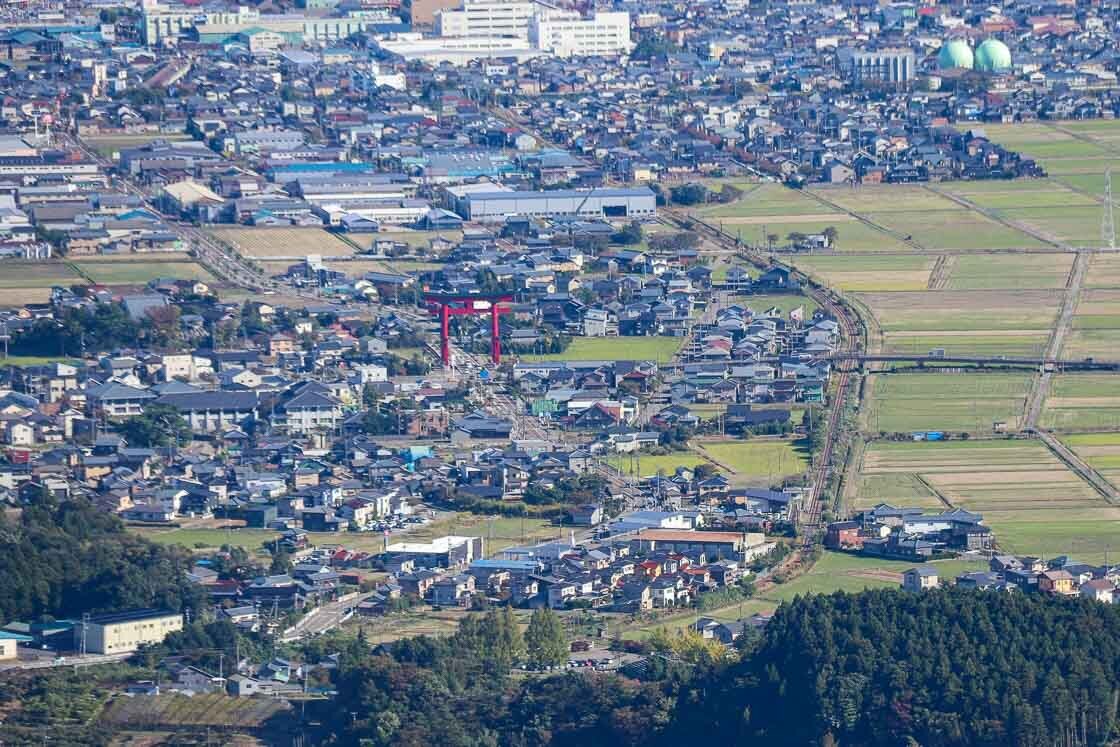
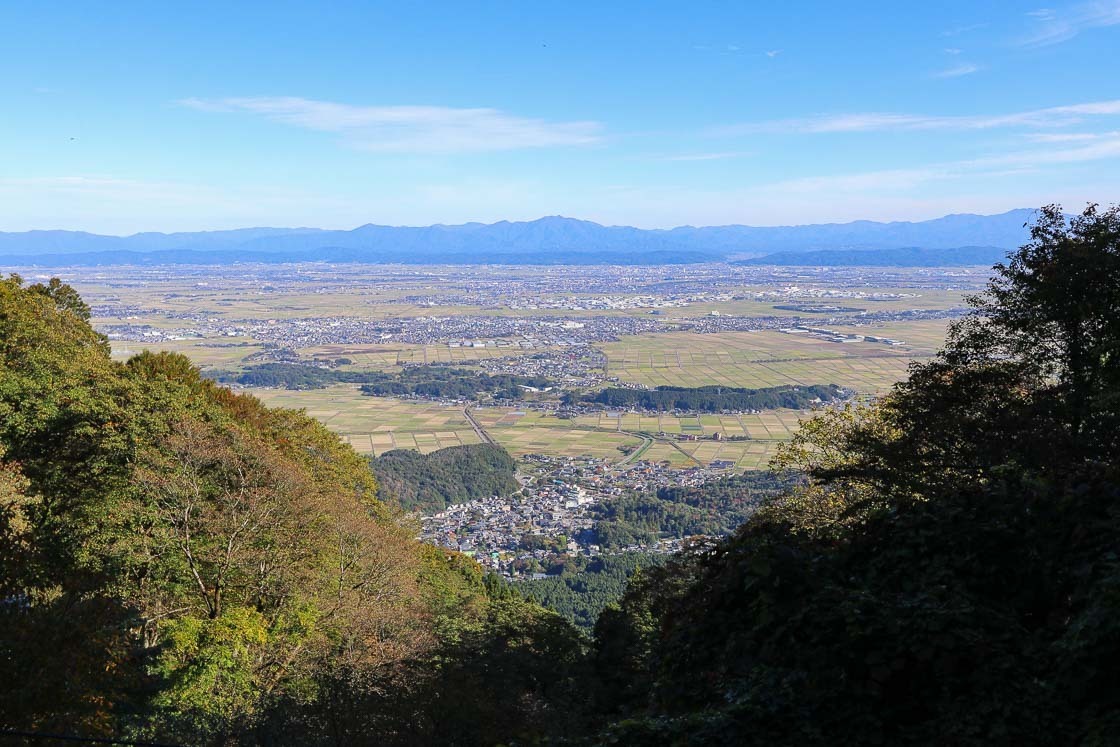
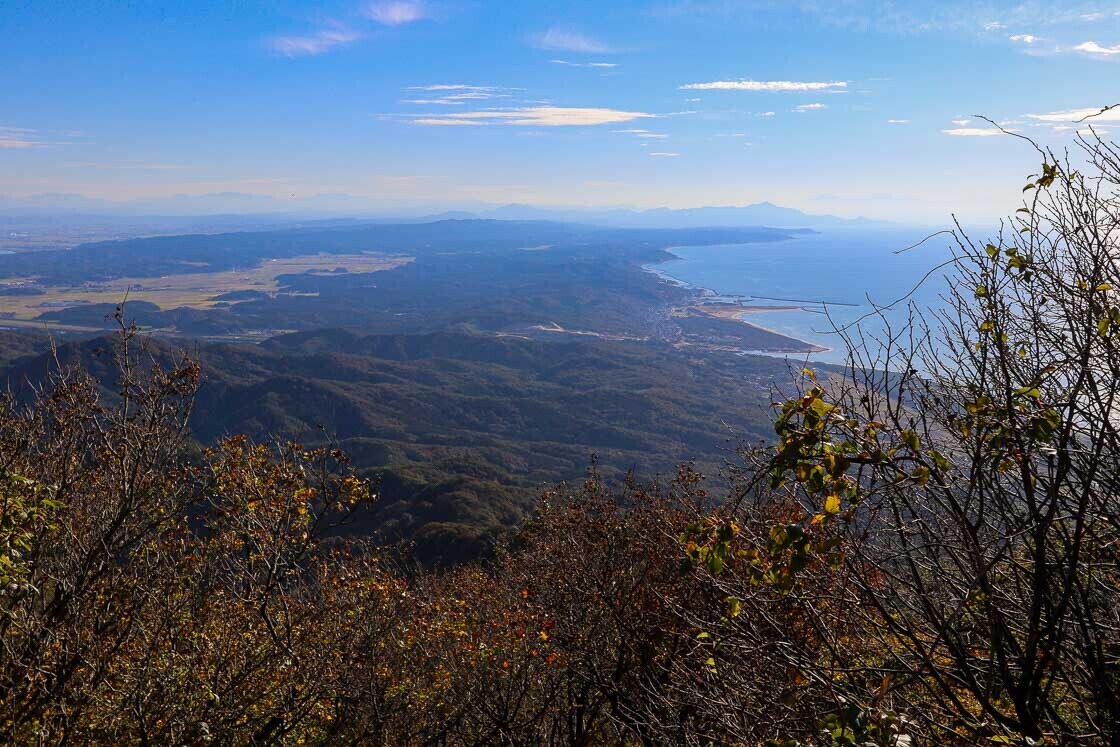

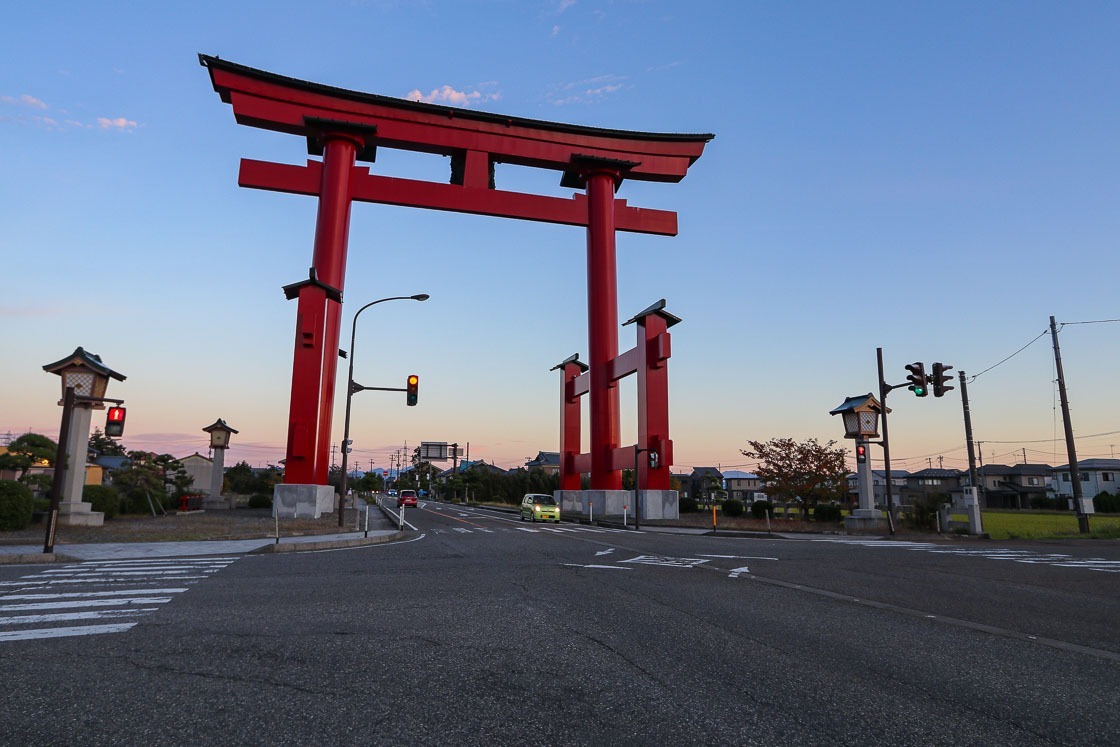
Access
This itinerary is well suited for rail pass holders, like the Japan Rail Pass or the JR East Nagano and Niigata Area Pass, as the train fares would be fully covered by the mentioned passes.
The Joetsu Shinkansen connects Niigata Prefecture with Tokyo. The spots visited in this itinerary can all be accessed by trains, buses and on foot. Taxis can be considered where mentioned.

How to get to and around ryugon
Take the Joetsu Shinkansen from Tokyo and get off at Echigo Yuzawa Station to transfer to the JR Joetsu Line. Get off at Muikamachi Station. The one way journey from Tokyo Station to Muikamachi Station takes about 100 minutes with a good connection.
From Muikamachi Station, it is an approximately 20 minute walk to ryugon. Alternatively, a taxi ride takes about 5 minutes.
Rental electric bicycles are available at ryugon for a self guided cycling tour of the area. Bicycles are available on a first-come first-served basis and reservations are not required. It takes about 45-60 minutes to cycle the most direct route between ryugon and Uonuma no Sato without stopping. A detour to Raidensama no Mizu adds about 10-20 minutes to the overall cycling time.
How to get to Gyokusendo
Take the JR Joetsu Line bound for Nagaoka from Muikamachi Station and get off at Urasa Station to transfer to the Joetsu Shinkansen. Get off at Tsubame Sanjo Station to transfer to the JR Yahiko Line bound for Yoshida. Get off at Tsubame. The one way journey from Muikamachi Station to Tsubame Station takes about 90 minutes with good connections.
Gyokusendo is approximately five minutes on foot from Tsubame Station.
How to get to and around Niigata City
Take the JR Yahiko Line bound for Higashi Sanjo and get off at Tsubame Sanjo Station to transfer to the Joetsu Shinkansen. Get off at Niigata Station. The one way journey from Tsubame Station to Niigata Station takes about 20 minutes with good connections.
The Niigata City Loop Bus is the most convenient bus for tourists. Take the bus from the terminal at the station and get off at bus stop number 10, the Northern Culture Museum Niigata Branch. The Niigata Saito Villa is a few steps from that bus stop. The one way bus ride from Niigata Station to the Northern Culture Museum Niigata Branch bus stop takes about 30 minutes, and there are 1-3 buses/hour depending on season and day of the week.
Furumachi is short walk from the Niigata Saito Villa or one stop on the loop bus. If taking the bus, board at bus stop number 10, the Northern Culture Museum Niigata Branch, and get off at bus stop number 11, Furumachi Kagai. The one way bus ride takes about 2 minutes.
How to get to and around Yahiko
Take the JR Echigo Line from Niigata Station and get off at Yoshida Station to transfer to the JR Yahiko Line. Get off at Yahiko Station. The one way journey from Niigata Station to Yahiko Station takes about 70 minutes with good connections.
From Yahiko Station, it is a ten minute walk to Yahiko Shrine.
